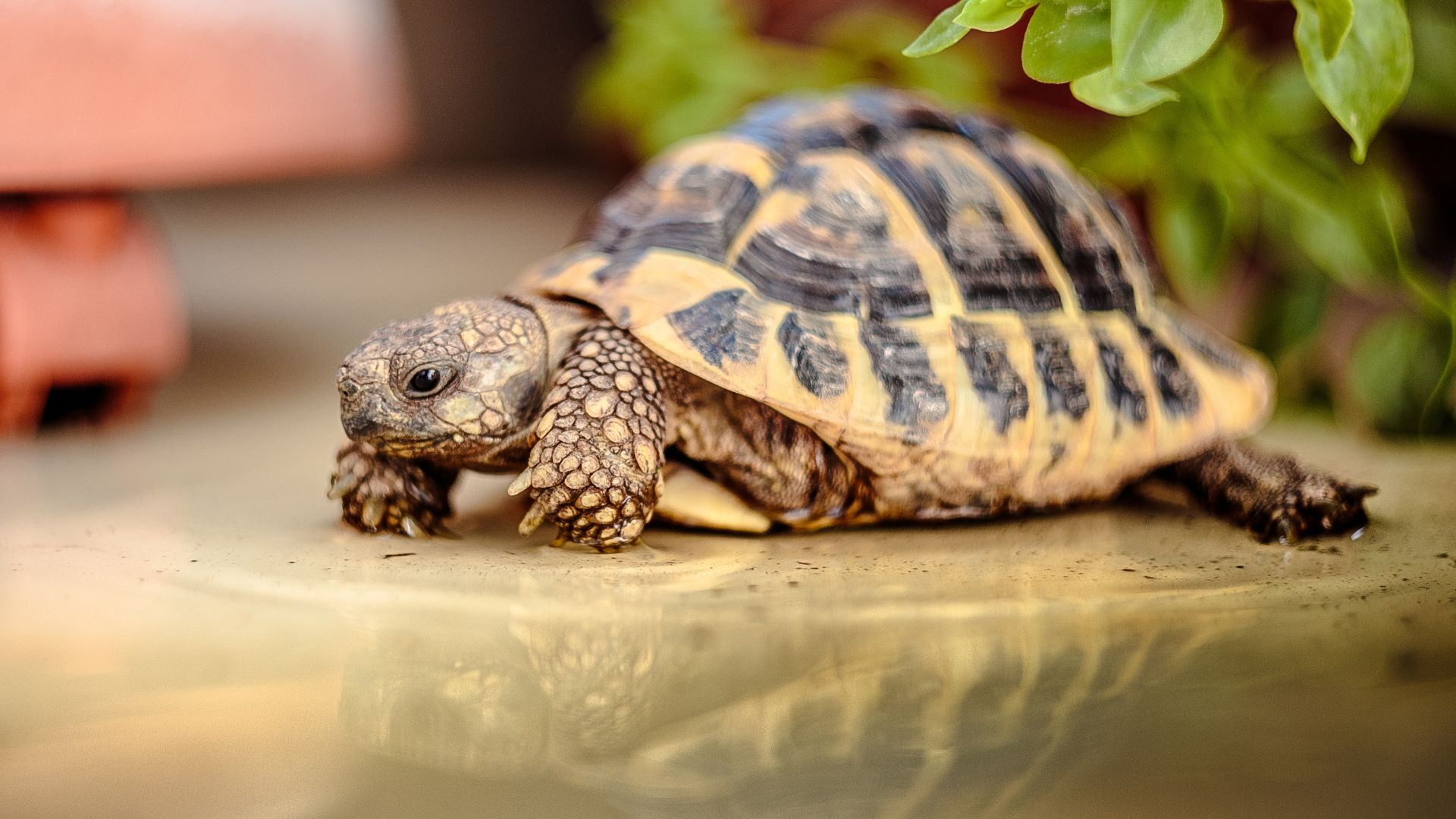
With their unique looks and their wild-but-wonderful characteristics, the best exotic pets can make for the most unusual of companions.
Any pet parent will know that a happy pet is a happy parent. So if you’re considering opening up your home to an exotic animal, it’s important to make sure you can replicate the right living conditions and give them everything that they need (and more).
If you haven’t got the right care requirements or setup, it's unethical and cruel to house any animal. And in some US states, bans have been put in place making it illegal to home some exotic species. We've listed the best exotic pets, their average lifespan and compiled a separate list of exotic animals that are born to be wild, which some people erroneously believe make good pets.
What is an exotic pet?
Generally speaking, an exotic pet is an animal that is not native to the country where it is kept. They are often unusual or rare to home as they are generally thought of as a wild species – such as a degu, axolotl or an emperor scorpion – rather than a fully-fledged domesticated creature.
Best exotic pets you can own with the right setup
1. Axolotls
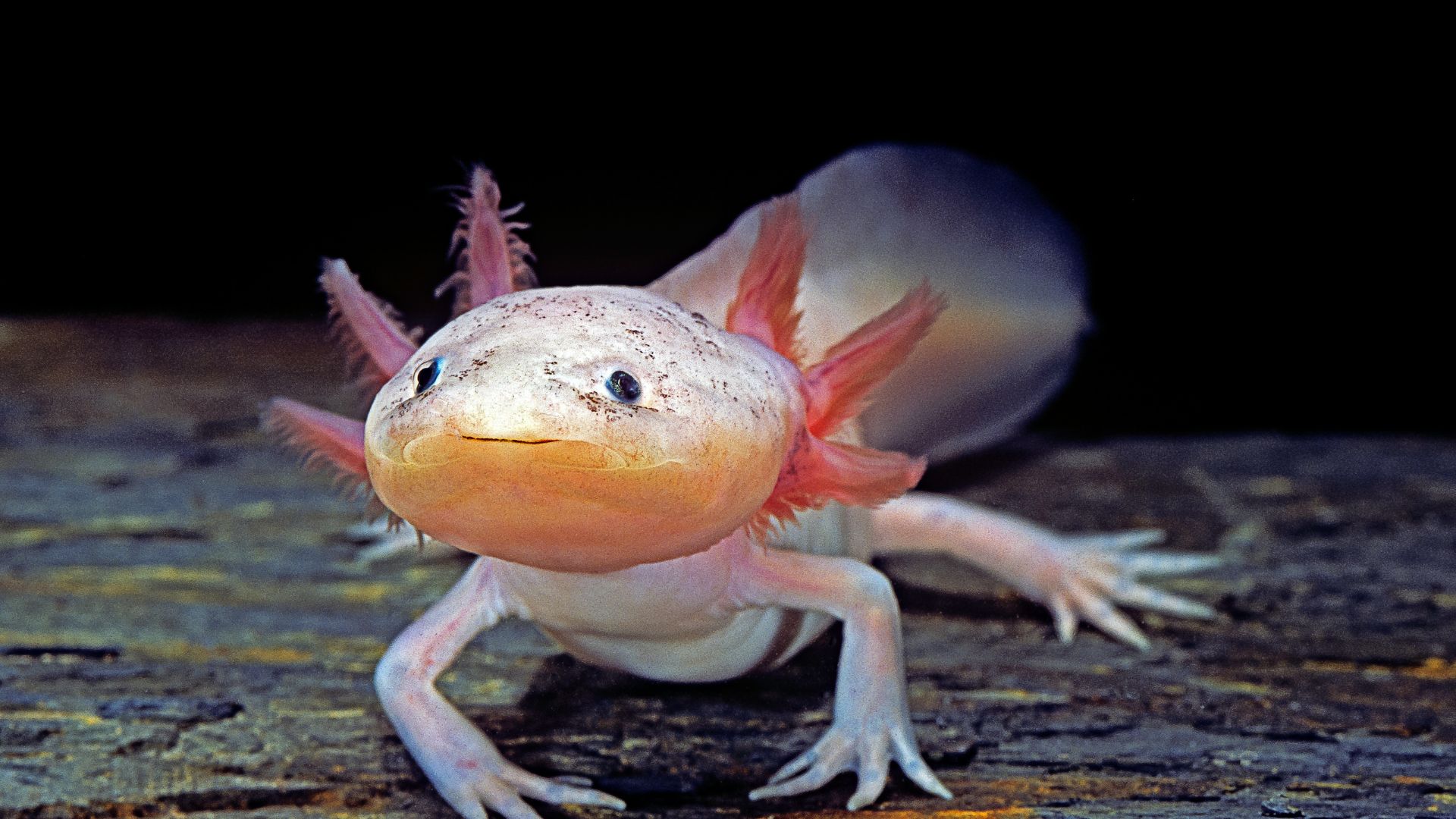
- Lifespan: Between 10–15 years
Exotic and extraordinary in just about every way, these amphibians are best known for their sweet smiles and unusual looks. And despite what you might have heard, you can keep an axolotl as a pet in most US states, except California, the District of Columbia, Maine and New Jersey. While Hawaii and New Mexico allow residents to keep these amphibians as pets, but only with the correct permits.
These exotic creatures are carnivores at heart. In the wild, they devour worms, small fish, insects, crustaceans and molluscs. Bigger than other salamanders, they spend most of their time in water. So each axolotl will need a tank of at least 29 gallons.
Along with a large enough tank to thrive, axolotls will need enrichment in the form of plants and decorations. They'll also need a low-lit environment. Another point to note? Their water should be kept at 60-68°F and you should avoid touching your axolotls or removing them from the water.
2. Tarantulas
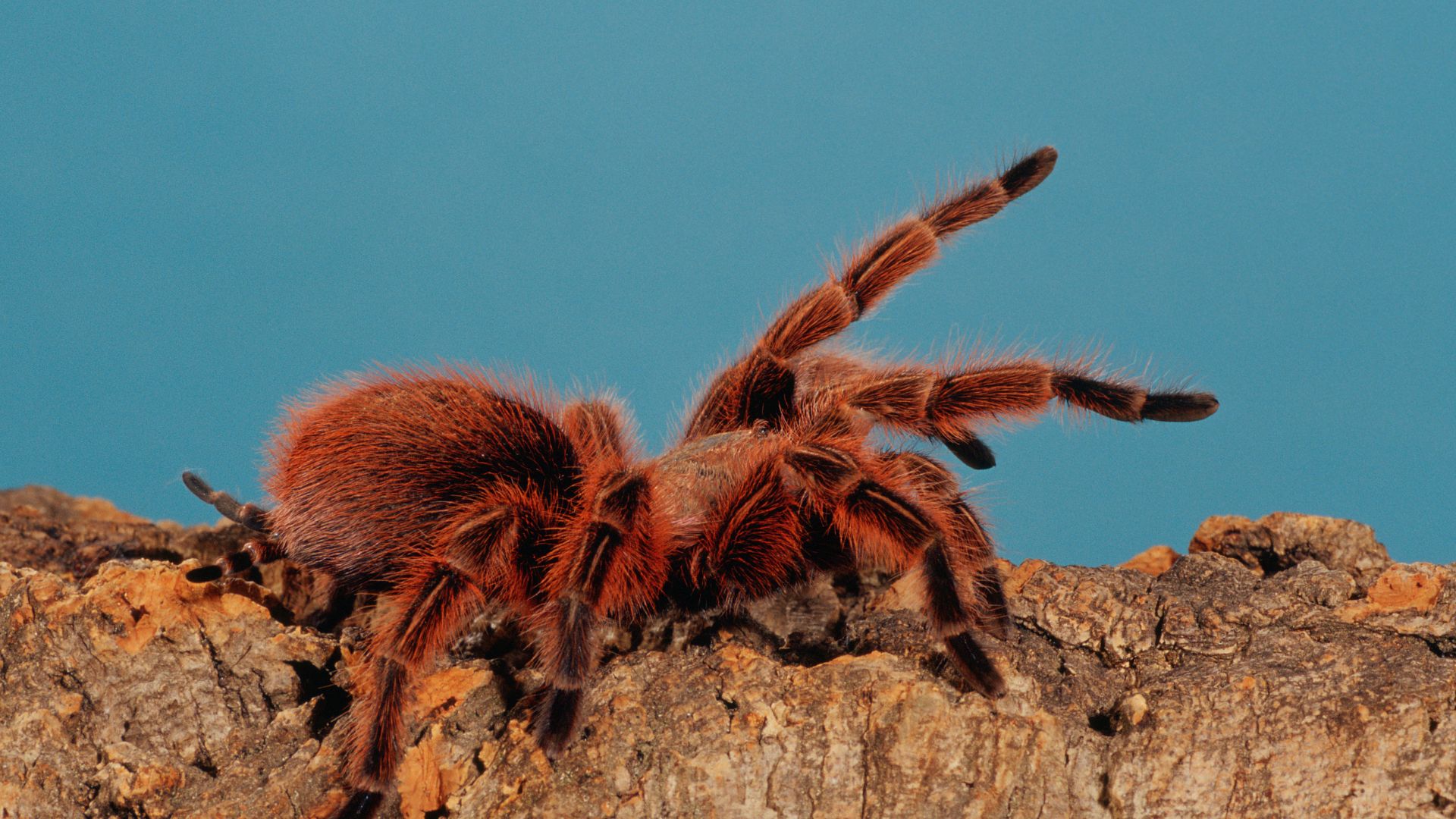
- Lifespan: 10 years or more
With their venomous bite (which has a low toxicity to humans) and their solitary nature, it’s worth highlighting that tarantulas won’t be the perfect exotic pet for all.
However, these eight-legged creepy crawlies are low maintenance and live for 10–15 years so it’s no wonder they are favored by many. The general rule of thumb is that a tarantula's enclosure should be around three times their leg span with the width around double its leg span.
The bottom of the enclosure should be lined with a sterile substrate soil, like vermiculite and ensure they'll require access to fresh water. They'll also need a place to hide and their living quarters should be kept out of direct sunlight. As a carnivore, they'll eat the likes of crickets, mealworms and silkworms.
3. Leopard geckos
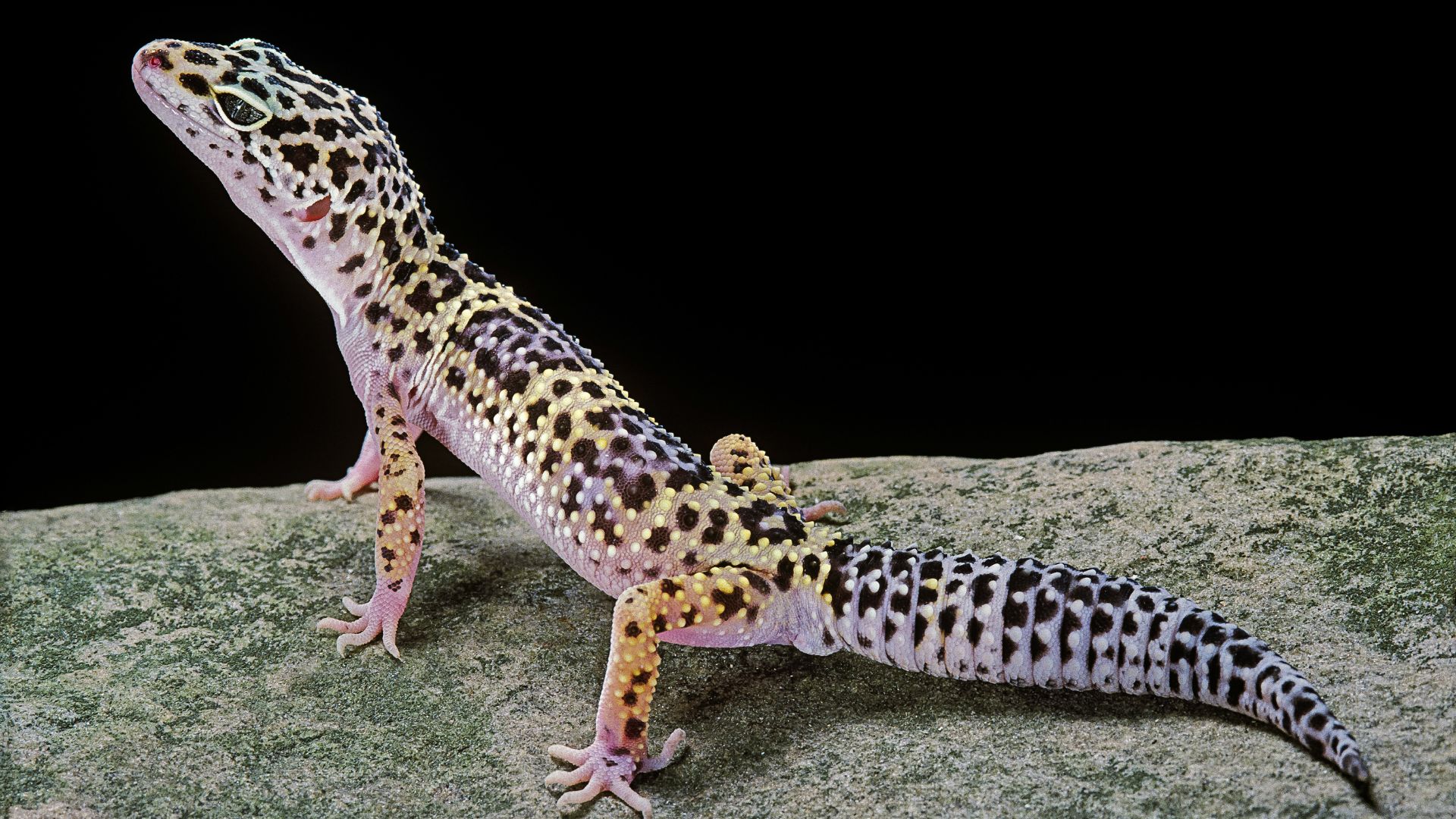
- Lifespan: 10 years or more
Known as ‘beginner reptiles’, leopard geckos are one of the easiest colourful creatures to handle as they require minimal care requirements in comparison to other lizards.
Loved for their calm and easy-going personality, they are one of the best pet reptiles to keep – especially if you're new to looking after pets or have children who love geckos.
Of course, all animals require care, attention and the right conditions to thrive. And leopard geckos are no different. While they won't need a giant vivarium, as they only grow to around eight inches, you will need to invest in some of the best toys for pet lizards to ensure they are mentally and physically stimulated.
You should also supplement their diet with vitamin D3 and provide a heating mat, to help these cold-blood animals regulate their body temperature. So if you are thinking of adopting one, do check out the best reptile heating pads here.
4. Bearded dragons
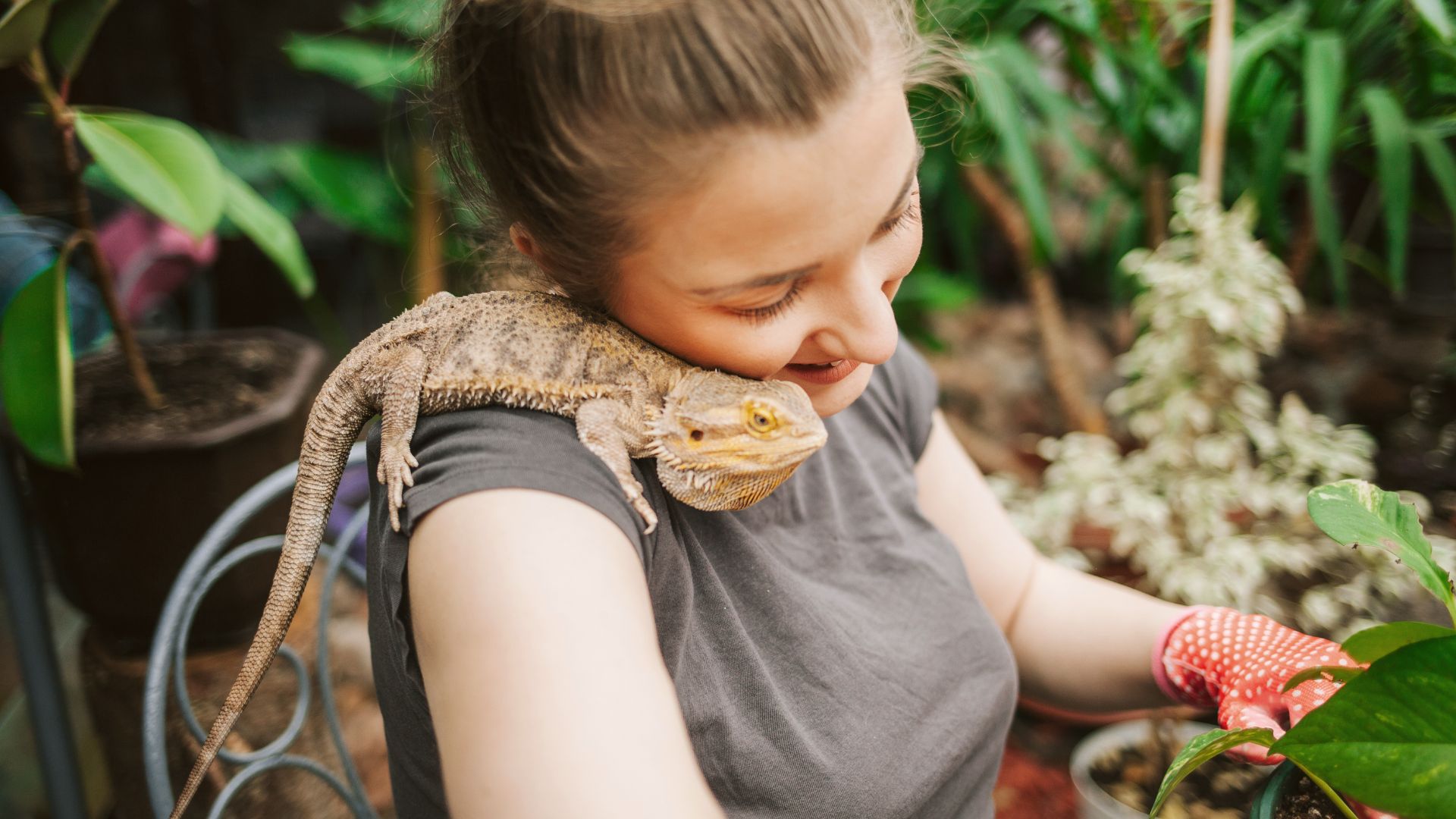
- Lifespan: 10 years or more
Sticking with the reptile theme, bearded dragons could make for a great companion as they are docile creations that can live anywhere between 10–15 years, if they’ve got access to good veterinary treatment and a good habitat.
These beautiful creatures love spending time with people. But just know that understanding the right bearded dragon care for your reptile is key to keeping them happy and healthy.
For example, along with a large enclosure, they will need a varied diet supplemented with vitamin D3, UVB light and a heat lamp — which is of utmost importance. So, before adopting one, it's worth learning how long bearded dragons can go without heat.
5. Sugar gliders

- Lifespan: Up to 15 years
These intelligent marsupial friends, who come from the same general family as kangaroos and koala bears, are usually found down under in Australia. But over the past 15 years or so, they have become more popular as pets.
You might be wondering if you should keep sugar gliders as pets? And it's a good question. From their diet to their habitat setup, these active, inquisitive and nocturnal wild marsupials require a great deal of specialized care.
So much so, welfare organizations, like PETA, are keen to highlight that many sugar gliders end up in shelters because people are unprepared for the caring responsibilities that come with them. Because of this, sugar gliders are illegal in several states, like Hawaii and California.
Therefore, if it is legal to adopt a sugar glider in your state, you should check with your local authority whether or not you need a permit. And do weigh up if you have the right environment and habitat, as you'll need a large, tall wire, mesh or metal cage complete with a nesting area to sleep, an array of toys and multiple branches to climb. The cage will also need to be positioned in a quiet spot during the day, so your sugar glider can sleep, and the temperature should be kept at around 75-90°F. Sugar gliders also need to live in small groups of at least two.
6. Corn snakes
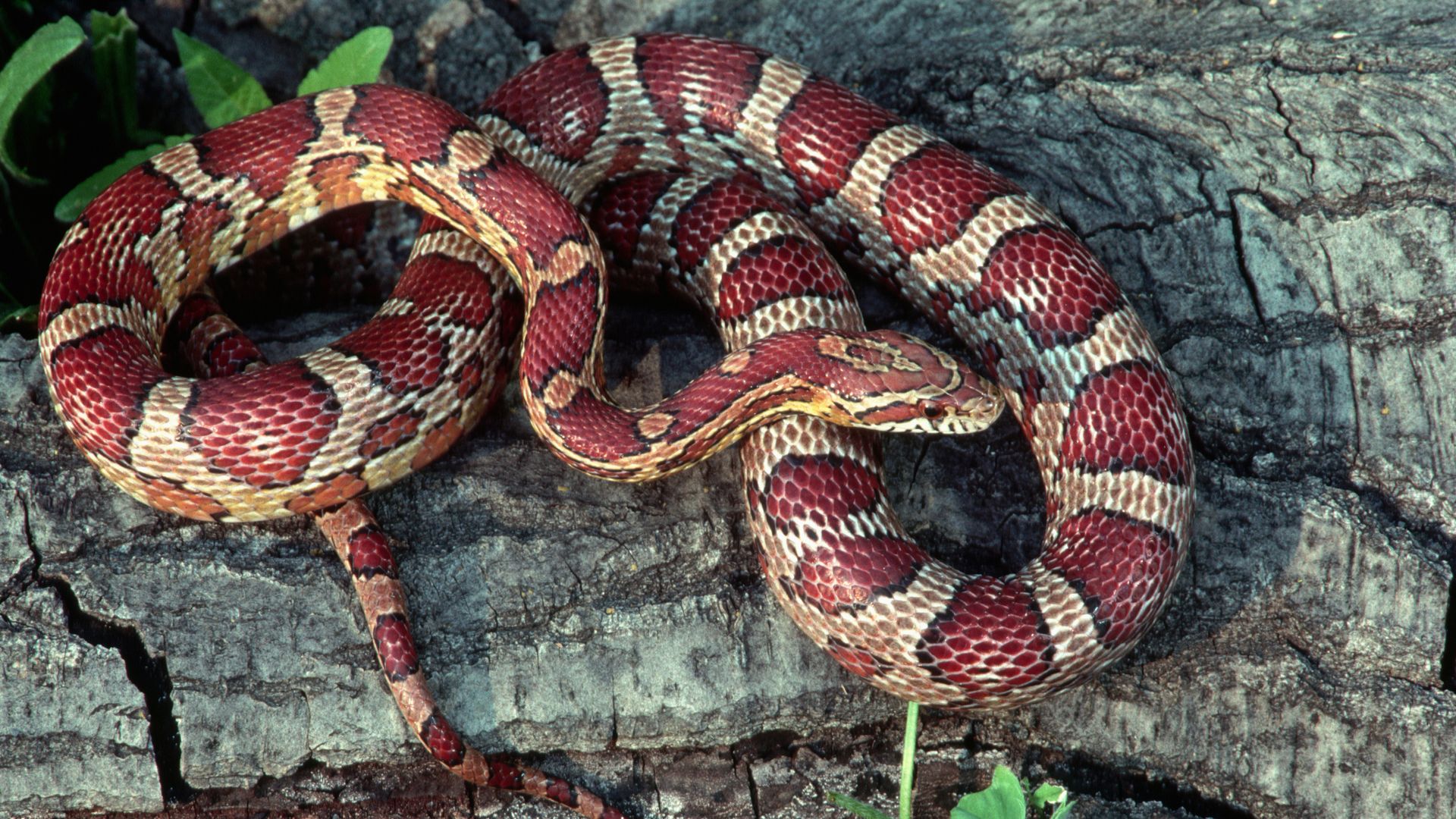
- Lifespan: Up to 20 years
Corn snakes are beautiful creatures to look at and easy to handle. They have a docile personality and are smaller than other species of snake.
Experts suggest they need to be fed one mouse a week, and while you don't necessarily have to install a UVB light, you will need to provide a heat source, like a heat pad, so you can make a temperature gradient in their tank.
Therefore in the right home corn snakes can be very happy and healthy. But it's important to highlight that these slender snakes can reach up to 5ft in size and live up to the grand old age of 20 – so they’re no short-term commitment.
7. Degus
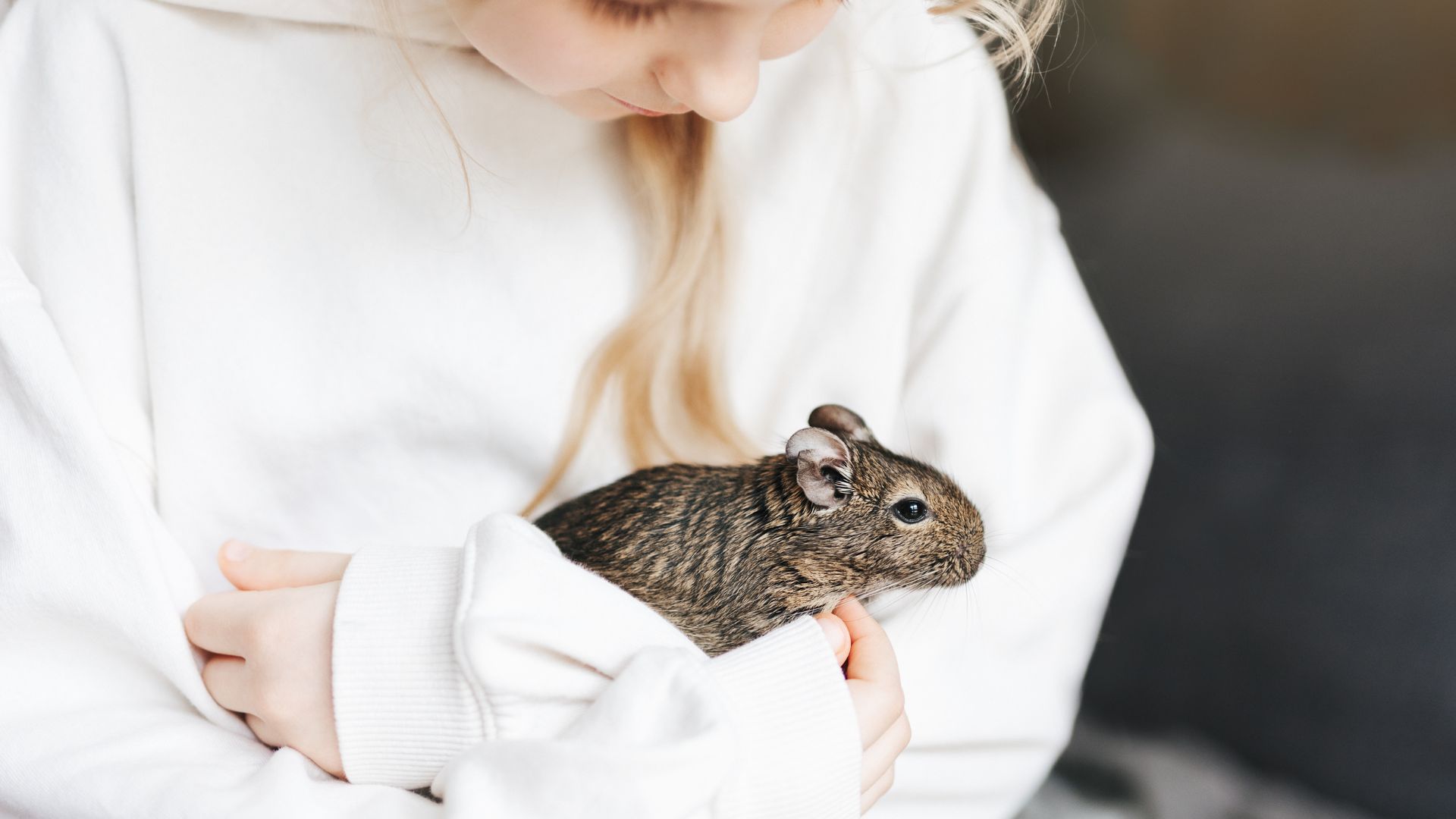
- Lifespan: Up to seven years
Degus are rodents native to Chile and are often likened to hamsters, chinchillas or rats. They’re happy to be handled and looked after – just don’t pull on their tail as they’re able to shed this appendage as a self-defense mechanism.
If you intend to adopt one, you'll need to adopt two. As these social creatures should never be rehomed alone. Other things to consider include enough horizontal and vertical space so they can climb, jump, run, chew and nest.
They'll also appreciate lots of toys, like exercise wheels and tunnels, to keep them active and entertained, a dust bath and a deep layer of bedding, so they can dig to their heart's content.
Food-wise, these active creatures love fibrous goods, like good quality hay, degu nuggets and access to clean water.
8. Emperor Scorpions
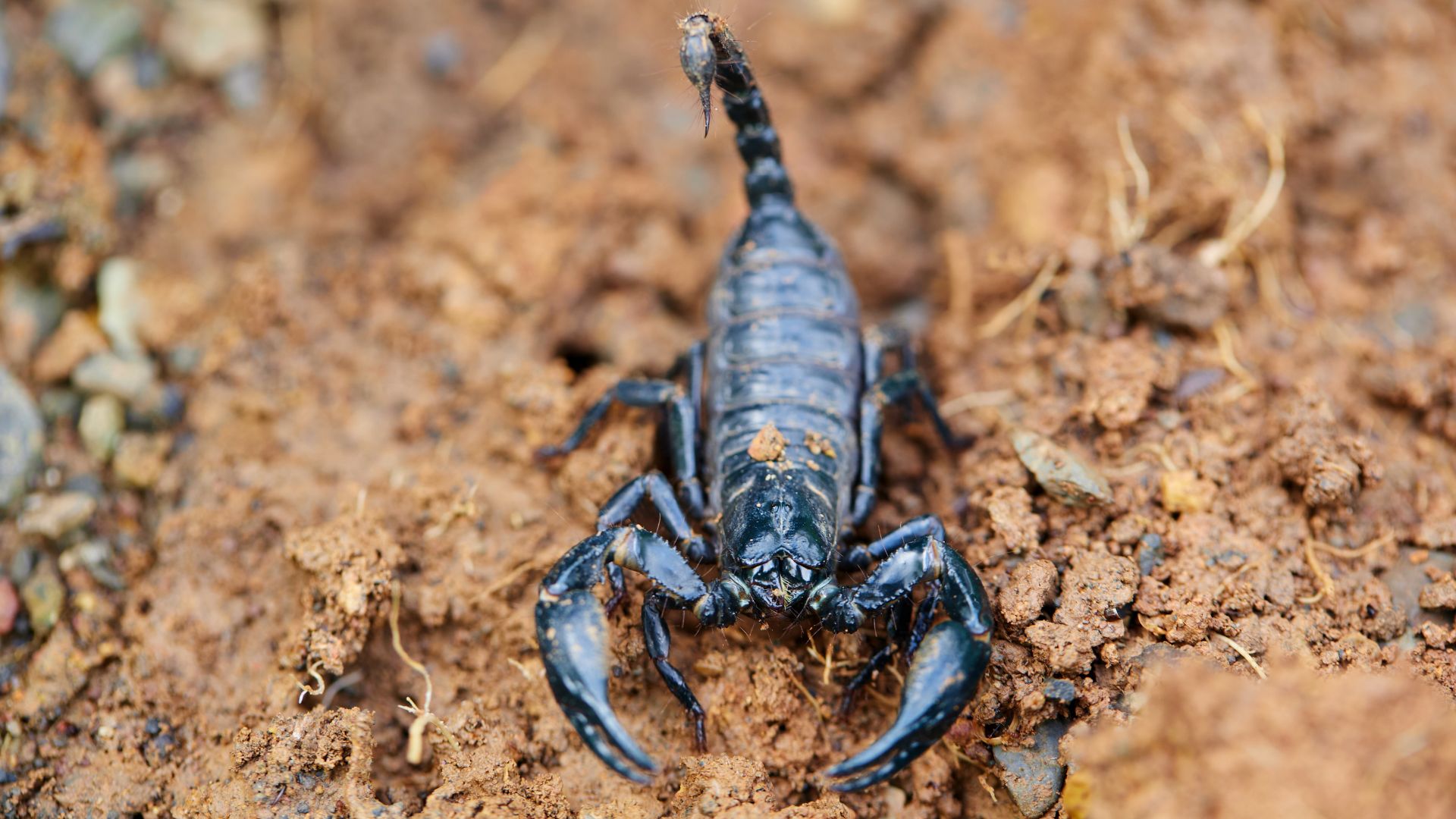
- Lifespan: Around six years
Legal to own, emperor scorpions make it onto the list of most exotic pets because they are hard to track down. These creatures are an African rainforest species, but you can also find them present in then savannah.
They are relatively docile and usually only show signs of aggression when threatened.
Experts suggest that the minimum tank size should be around 10-gallons and filled with substrates like coconut fiber or reptile bark so they burrow. Your chosen tank should also have a secure lid.
Emperor Scorpions won't require UVB light, but they will need a temperature gradient from 78–90° F as well as humidity maintained at 60–80%. Remember to fill their tank with enrichment, like branches and non-toxic plants, and feed them a diet of gut-loaded crickets, hornworms, meal worms.
9. Giant African Millipedes
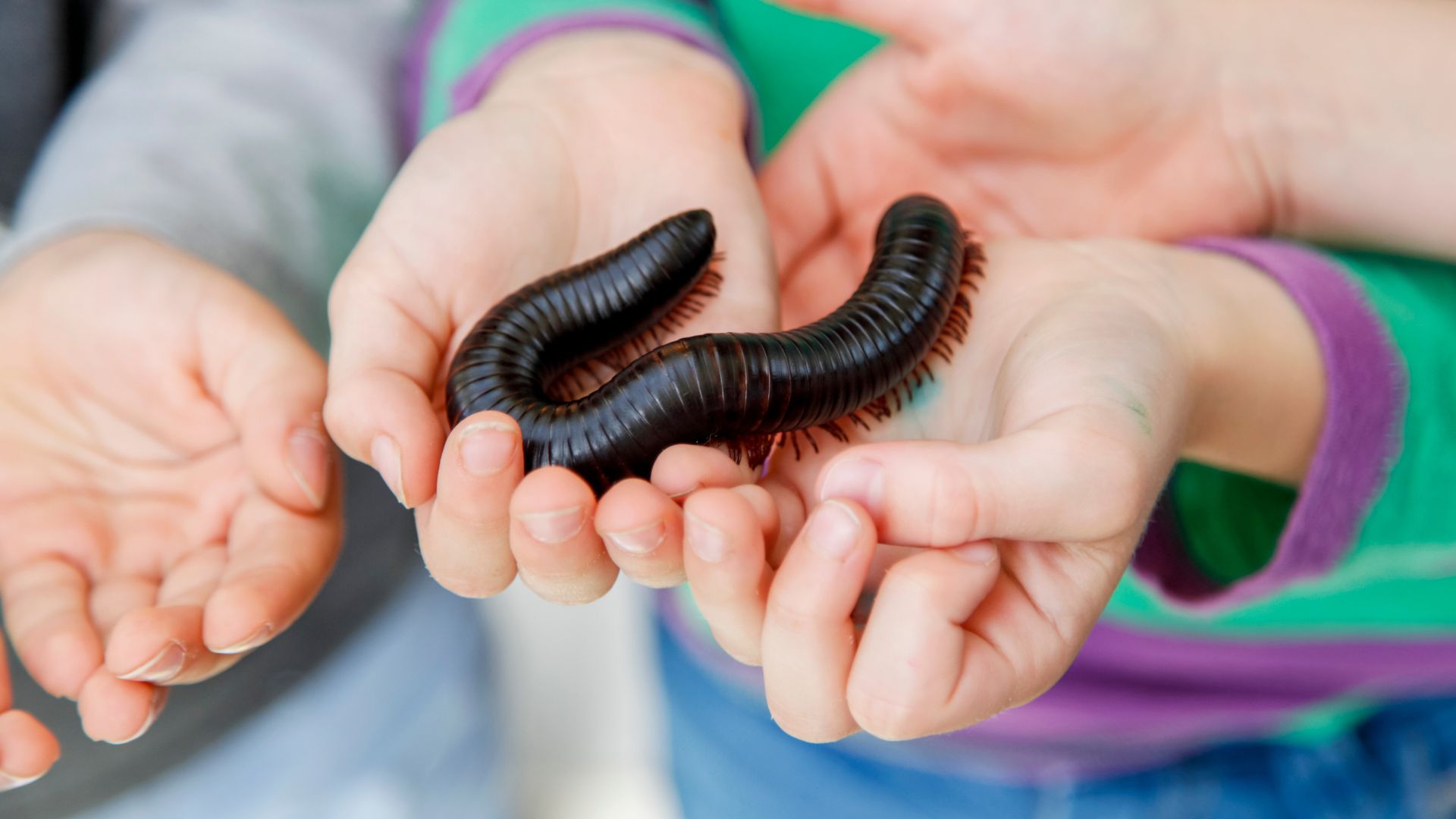
- Lifespan: Up to 10 years
More formally known as an Archispirostreptus gigas, giant African millipede can reach up to 15in long and make for a great exotic pet for beginners who are OK with having a crawly creature in their home.
They will need to be kept in a glass terrarium of at least 300mm2 and this should be filled with a damp soil substrate, that can help to raise humidity levels.
These crawly creations will eat their way through vegetation like kale, cabbage, and leafy greens while small amounts of cuttlefish bone can provide them with all the calcium they need.
10. Bengal cats
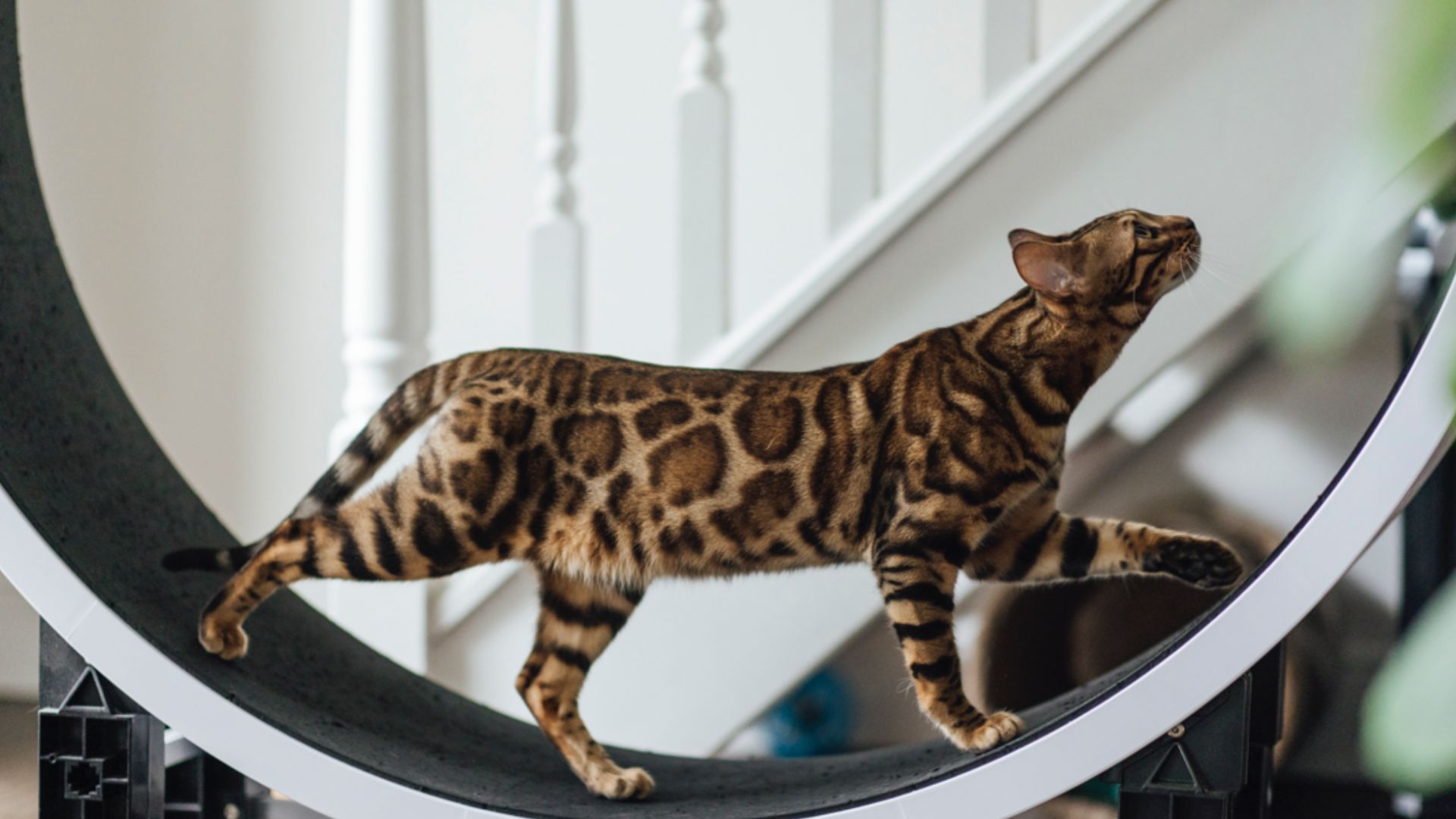
- Lifespan: Around 15 years
Thanks to their striking good looks and outstanding athletic ability, the Bengal cat has earned itself a reputation for being one of the most beloved feline breeds.
Keen to add this fur friend to your home? Then just know that the Bengal is one high-energy breed, so you'll need lot of the best interactive cat toys to keep this active creature happy and healthy.
They will also need lots of space to run freely, access to water, places to climb and some more cat company, as they do best with constant interaction. Want to know more? Discover some more fascinating facts about Bengal cats.
11. Turtles
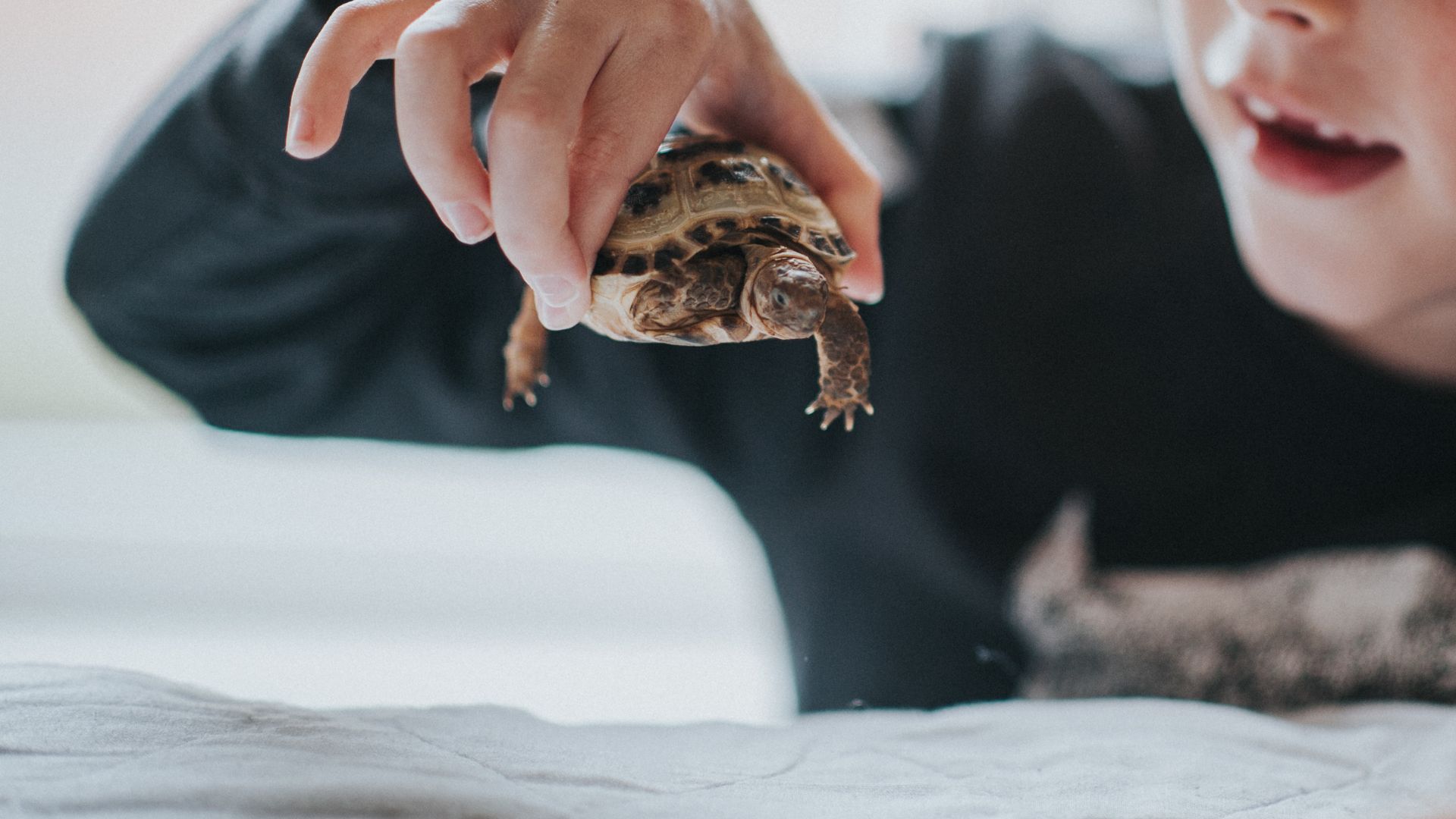
- Lifespan: 20–30 years
Like the sound of owning a pet turtle (or tortoise if you’re reading in the UK)? Once you’ve done your research and discovered what makes for good pet turtle care, you could have a friend for life (and in some unique cases, for up to 80 years!).
To take good care of your pet turtle, you'll first need to understand what type you have, as pet species include both land-based (or semi-aquatic) and aquatic turtles.
As their name suggests, aquatic turtles live almost entirely in water. So depending on where you live, you may choose to home your pet pal in a large aquarium or an outdoor pond. Just know, along with being able to dive and swim, they will need a dry area for basking.
Land-base or semi-aquatic turtles also need access to water, and the ideal temperature for turtles is 70-90°F with a basking area heated to 85-90°F. Both aquatic turtles and indoor land-based turtles will need UV light.
12. Savannah cats
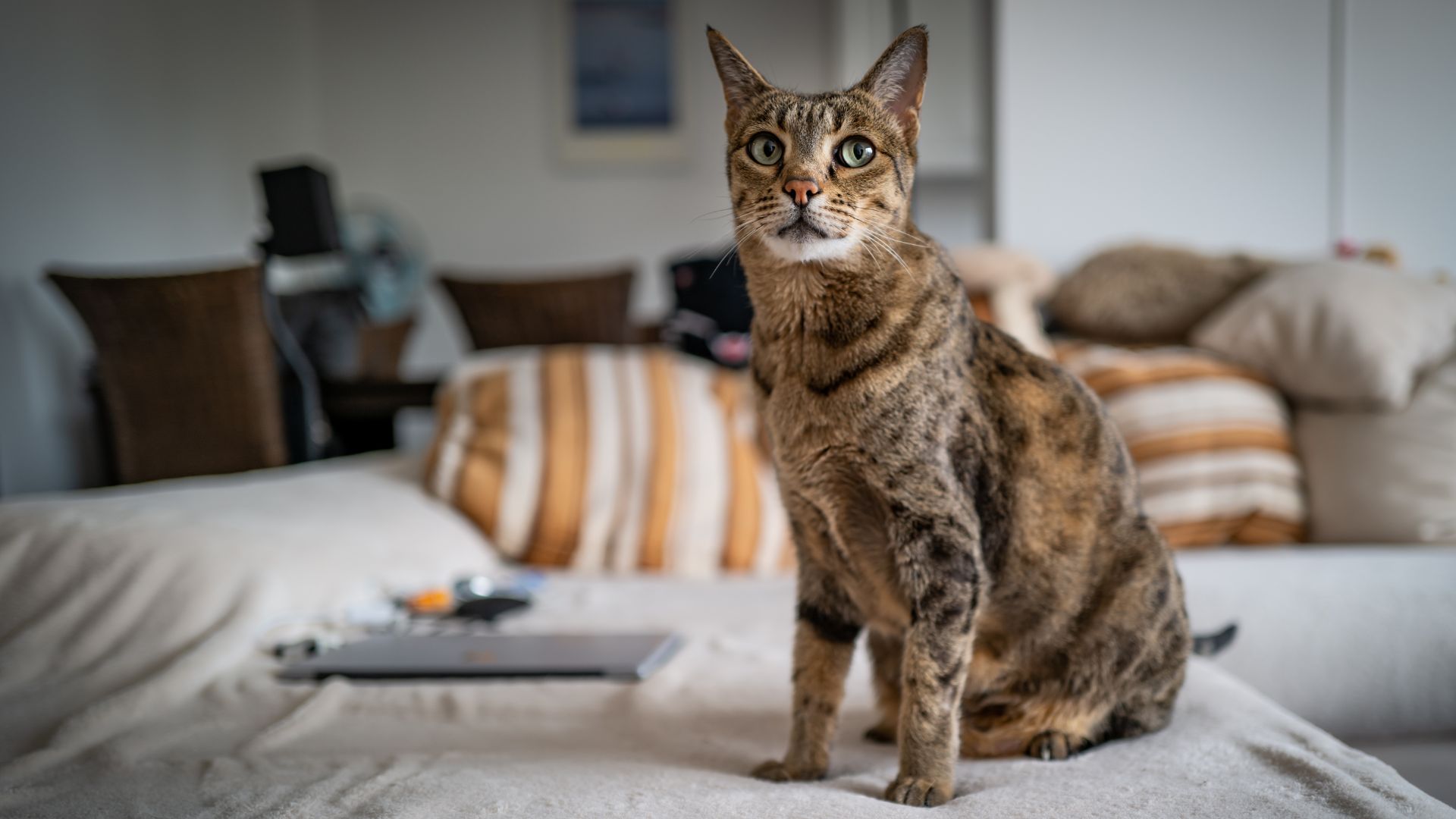
- Lifespan: Up to 15 years
Known as the largest domestic feline, the Savannah cat could be the exotic pet your home has been missing. It’s a hybrid between a wild African cat and a domestic kitten.
Able to stand up to eight feet tall, this tall cat breed loves heights, is full of energy and packed with intelligence and personality.
Easy to train and great with kids, this feline friend will need lots of entertainment as it's among the cat breeds most likely to suffer from separation anxiety. This means this kitty won't be right for every home.
Plus, there are bans against owning one as a pet in certain US states, such as Georgia. So do check depending on what state you are in, before bringing one home.
Exotic animals we wouldn't promote as pets
You may have spotted one of these exotic creatures being kept as a pet, or perhaps you've heard it's possible to do so. Whatever the case, these are the wonderfully wild animals we wouldn't promote as a pets.
1. Bush babies
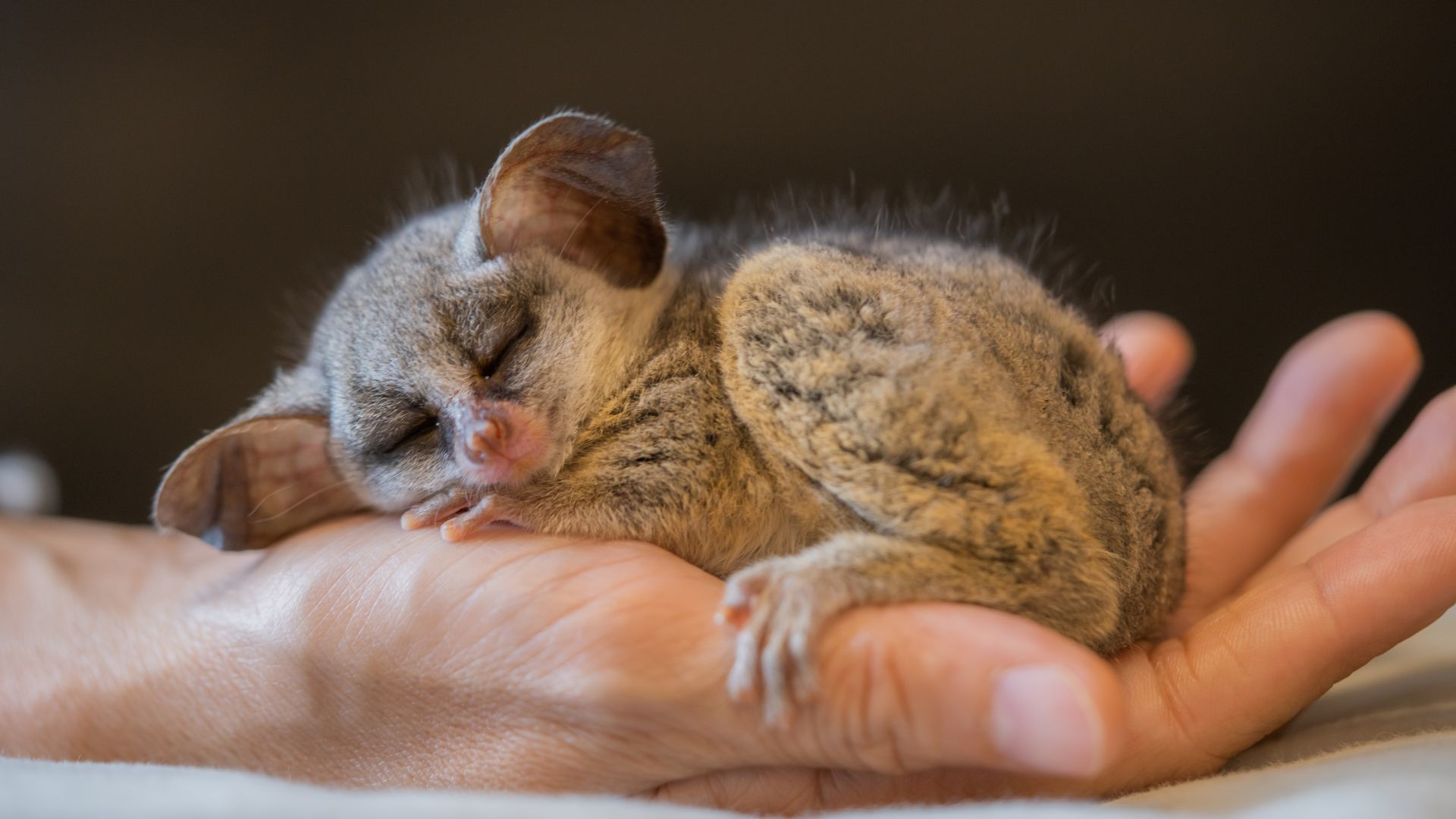
Native to Africa, bush babies, also known as galagos, are often described as exotic animals because they are rare, uncommon and hard to find.
Despite Bush Babies being legal to own in a handful of states, like Michigan, Mississippi and Indiana – and Delaware, Idaho and Florida, where an appropriate permit is needed – these small primates are illegal to own in 28 of the other US states.
2. Spotted genets
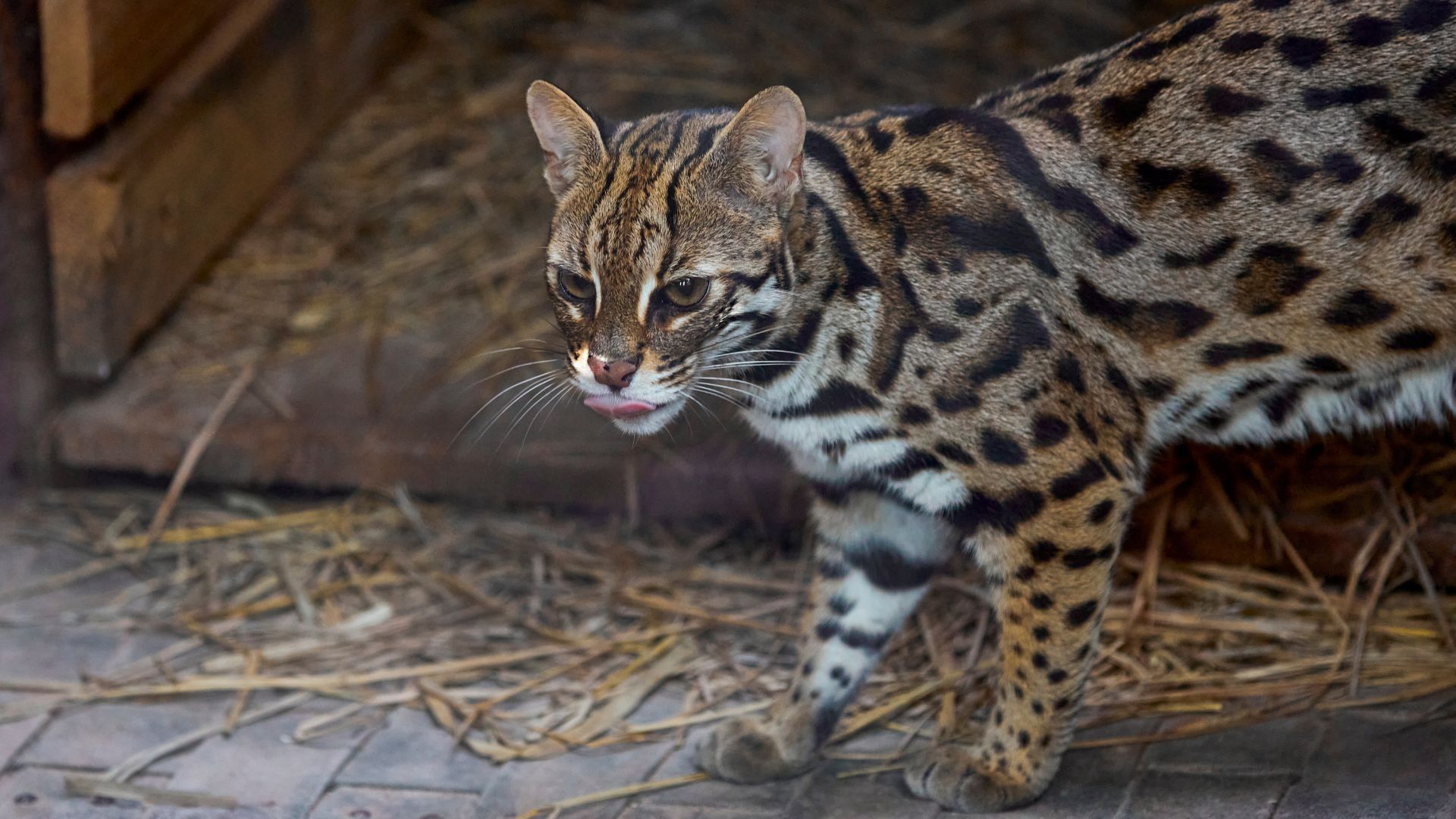
These exotic cat-like creatures are depicted by their short-legs and patterned fur. They are very independent, aloof and indigenous to Africa.
Solitary by nature, a genet has retractable claws so they can catch prey and climb. They're nocturnal, so spend their days sleeping and are active at night.
3. Pygmy marmosets
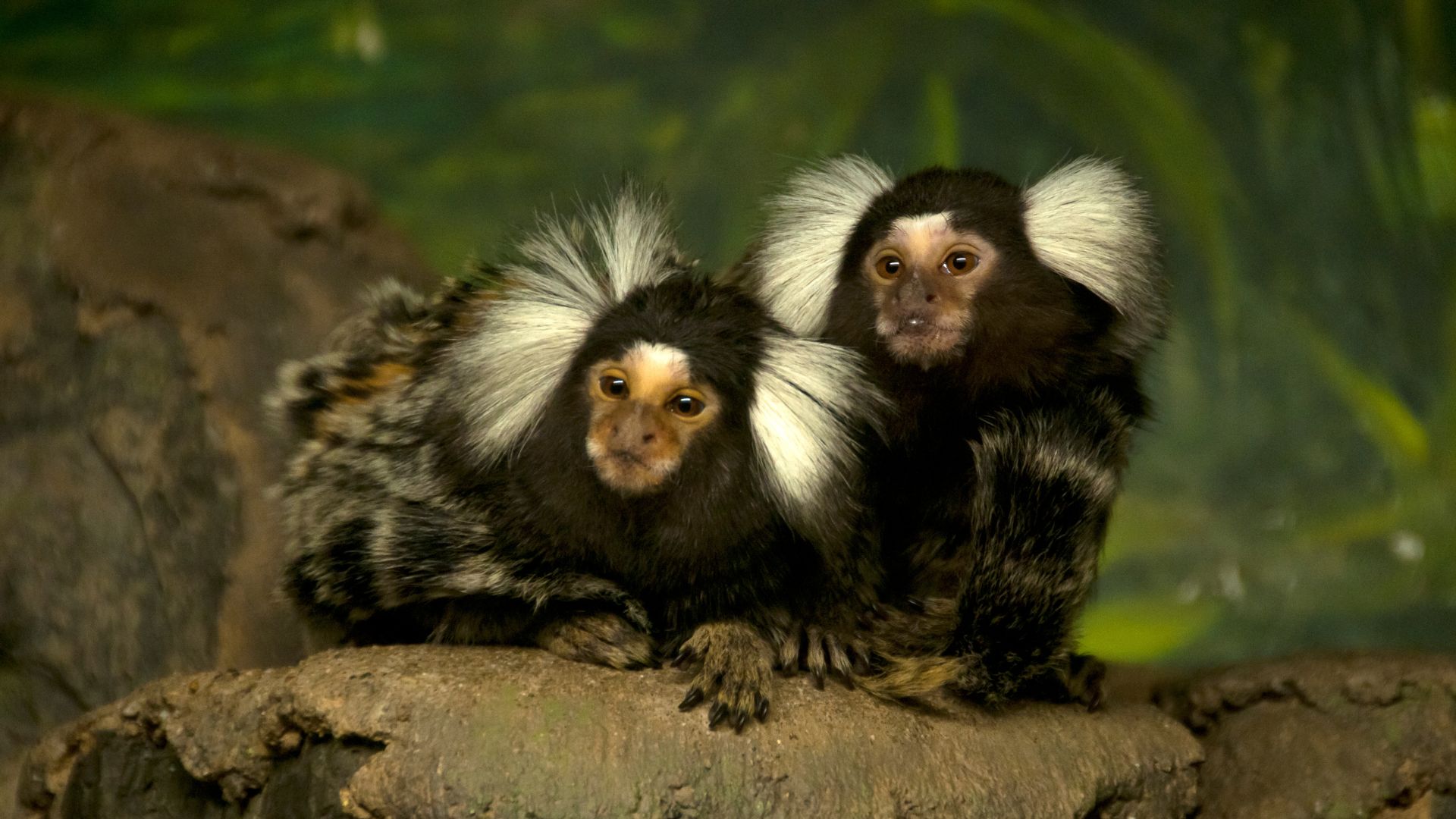
Contrary to popular belief, you are allowed to purchase a pygmy marmoset in several US states including Alabama, Michigan, Wisconsin, Iowa, Nebraska, North Carolina, South Carolina, Texas, Kansas, Mississippi, Washington, Virginia, and Ohio. However, that's not to say that we'd advise you to do so.
Native to rainforests of South America, these highly social and highly intelligent primates thrive in warm tropical climates. These climates are often unable to be recreated elsewhere. They also tend to scent-mark their surroundings.
4. Octopuses
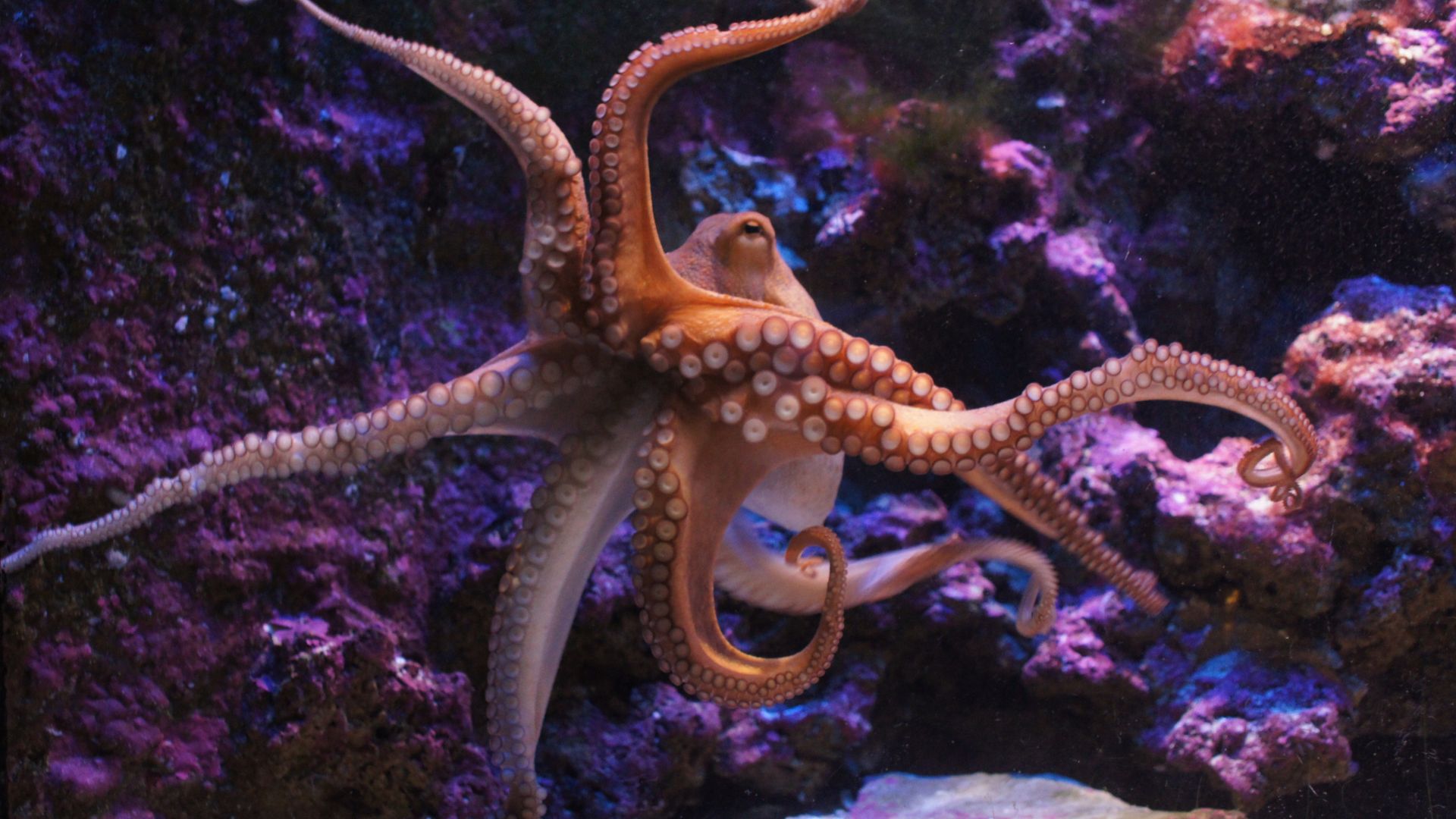
It's possible to add some exotic excitement to your aquarium with a saltwater sea animal like an octopus.
However, with their big brains, long limbs, ability to escape and long-list of habitat needs, we think these aquatic creatures are best left in the wild and are not suitable for even the best tropical fish tanks.
5. Ball pythons
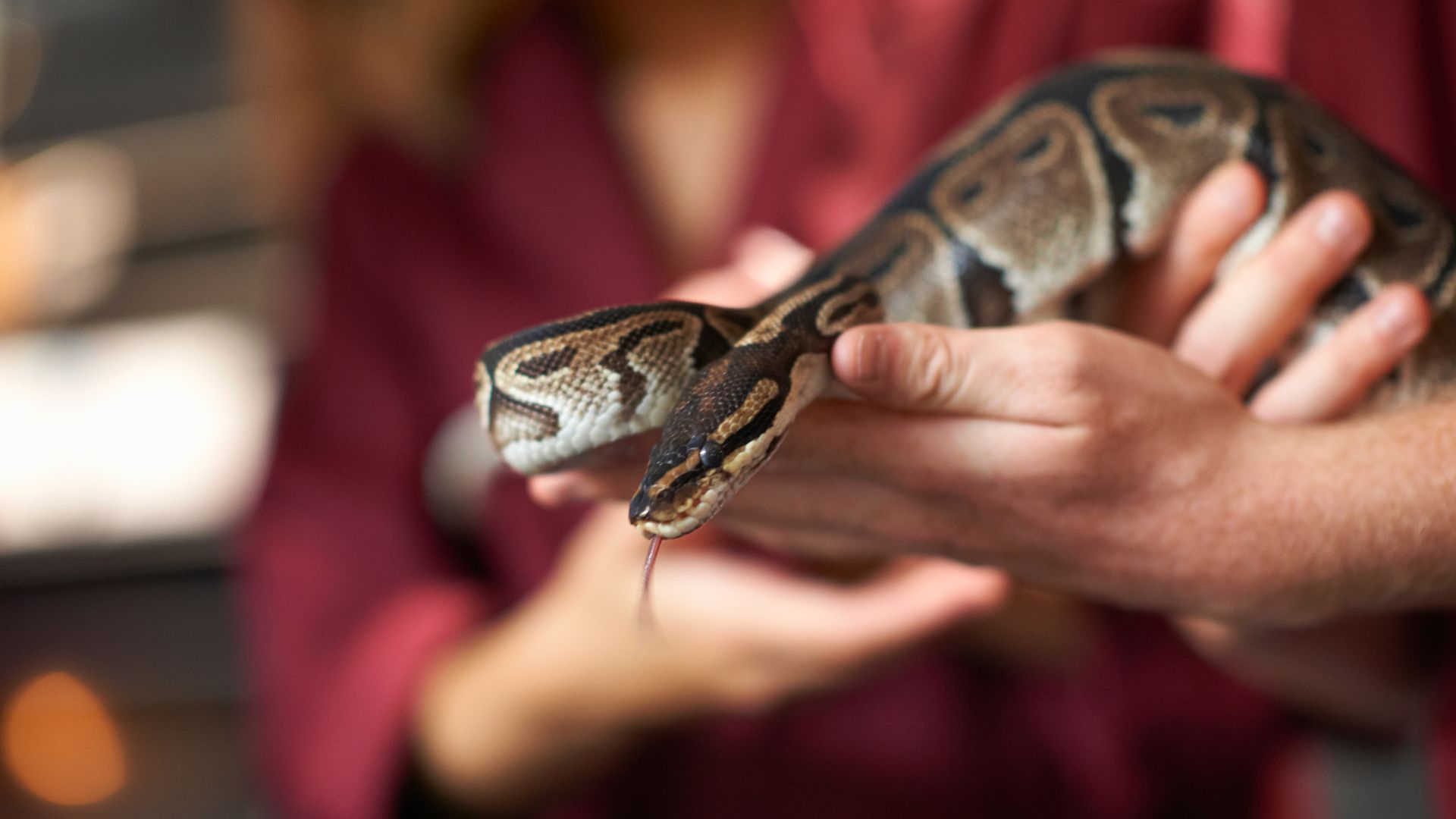
If you are thinking of introducing a snake to your home, you might want to give a ball python a miss.
It's not technically illegal to own one as a pet but giving them the proper care they need may prove difficult. These snakes grow up to 5ft long and can live for up to 50 years.
6. Wallaroos
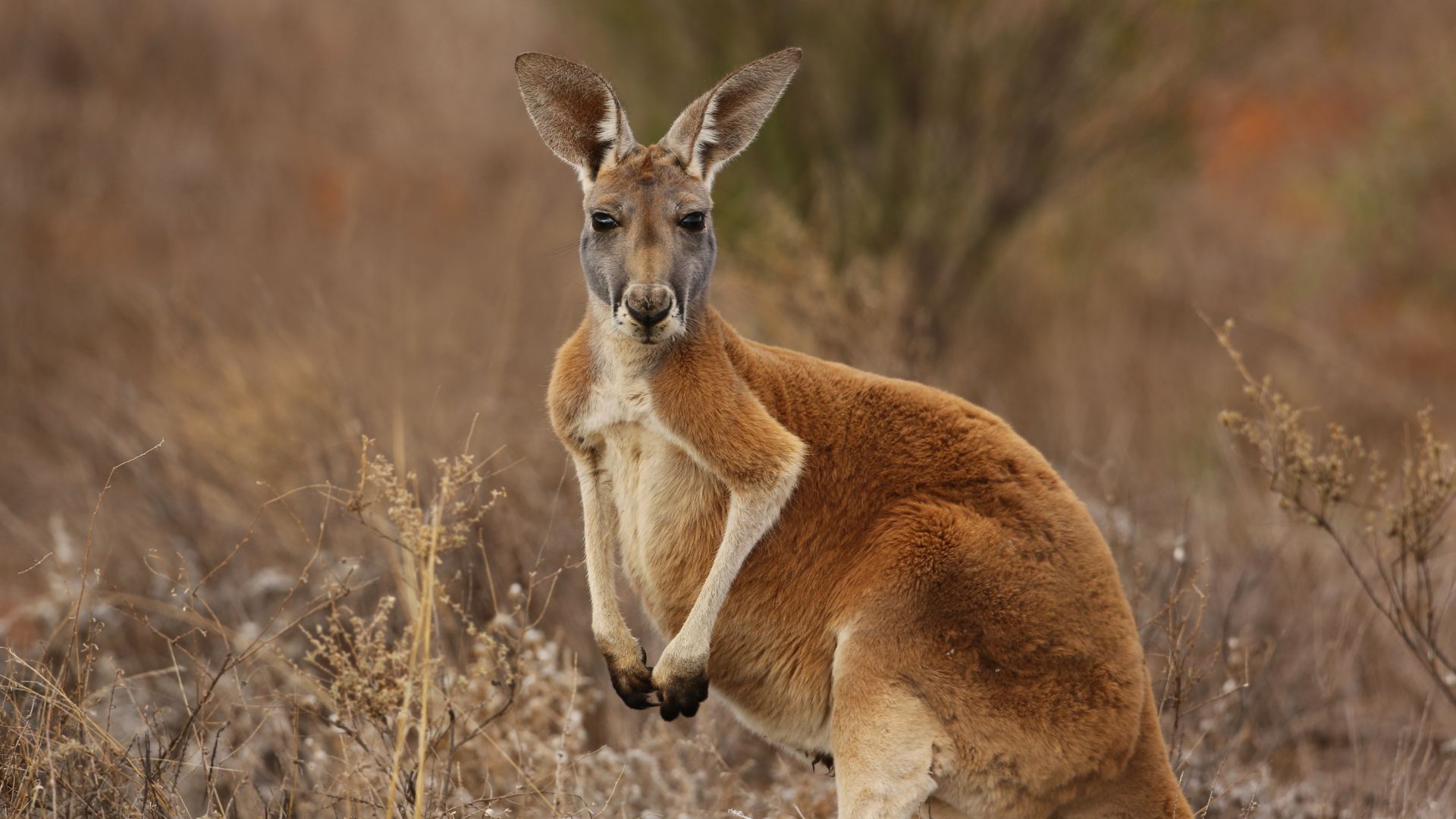
Falling between a kangaroo and a wallaby, wallaroos are middle-range marsupials that are extremely curious and active.
These exotic beings are legal to keep in Tennessee and Wisconsin, while permits will be required to keep these bouncing beauties as pets in the likes of Florida, Idaho, New Jersey, Hawaii, Virginia and Wyoming.
7. Short-tailed opossums
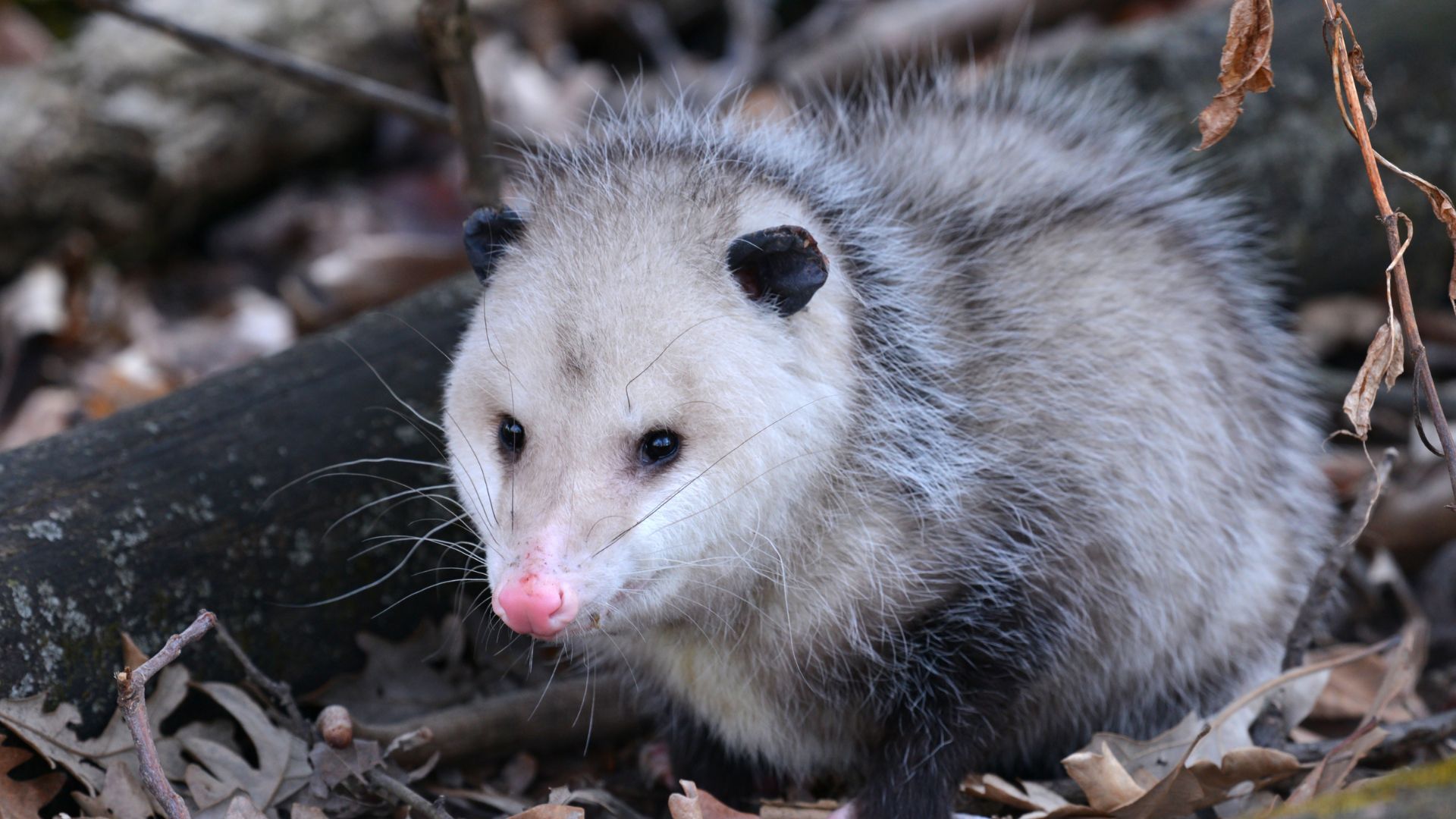
Hailing from the marsupial family, a short-tailed opossum is often mistaken for a mouse.
It's classed as a wild animal in most US states, apart from the likes of Arkansas, Wyoming and Wisconsin – where you could keep a short-tailed opossum as a pet, as long as you have the right permit.
8. Hyacinth macaws
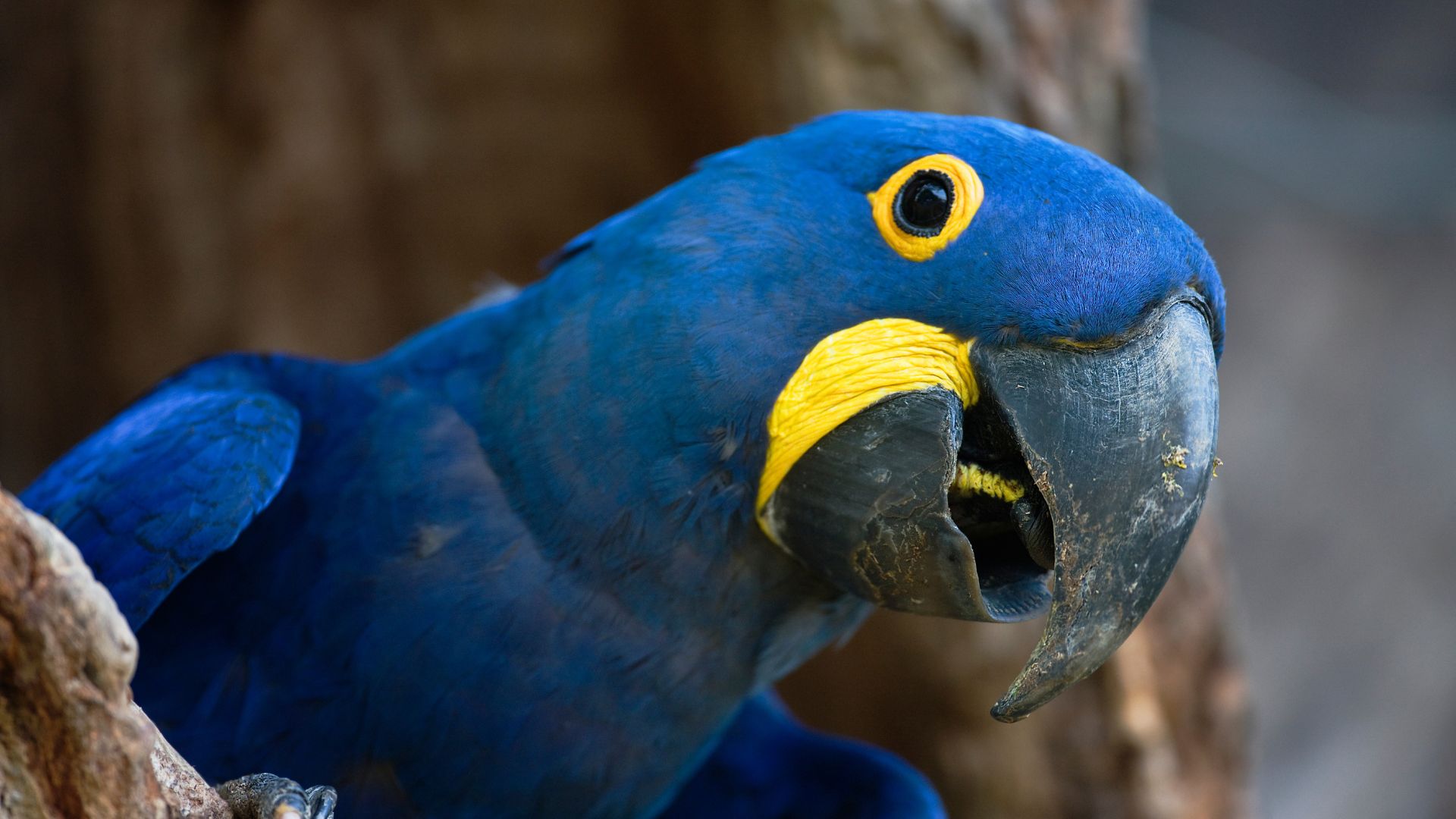
These parrots, native to central and eastern South America, are intelligent birds that are best known for their bold blue coloring.
They love to go about their day in a pair. However, these rare and threatened species are noisy and expensive to keep, so they're more often spotted in zoos than in homes.
9. Serval cats
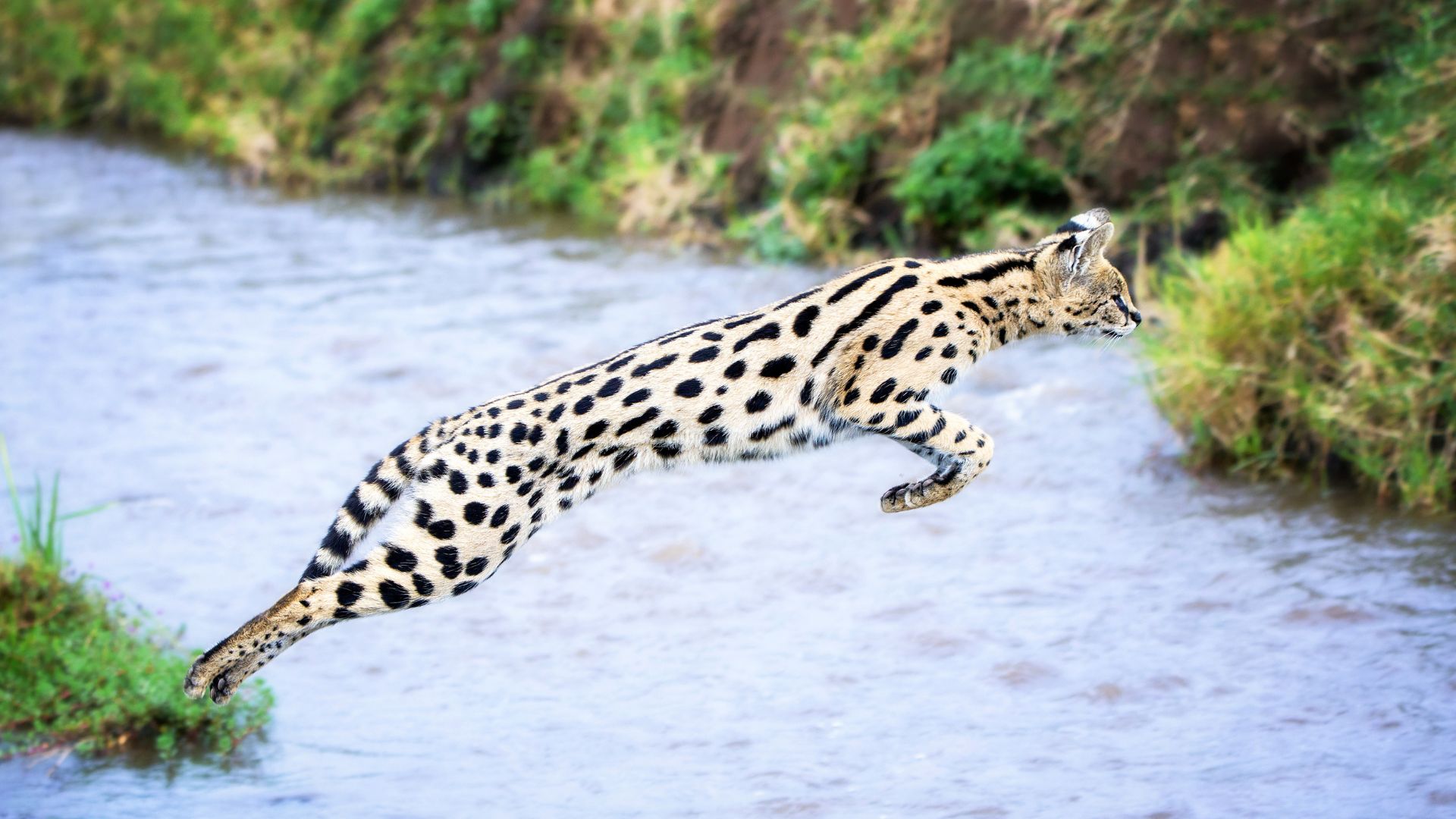
Serval cats are rather exotic wild felines that can reach up to 40 pounds in weight and have high energy levels. They’re very different from domesticated cats, and have their own list of needs.
They are classified as wild animals. But some states like Illinois and Louisiana allow residents to own these furry friends as pets without obtaining a permit.
10. Hedgehogs
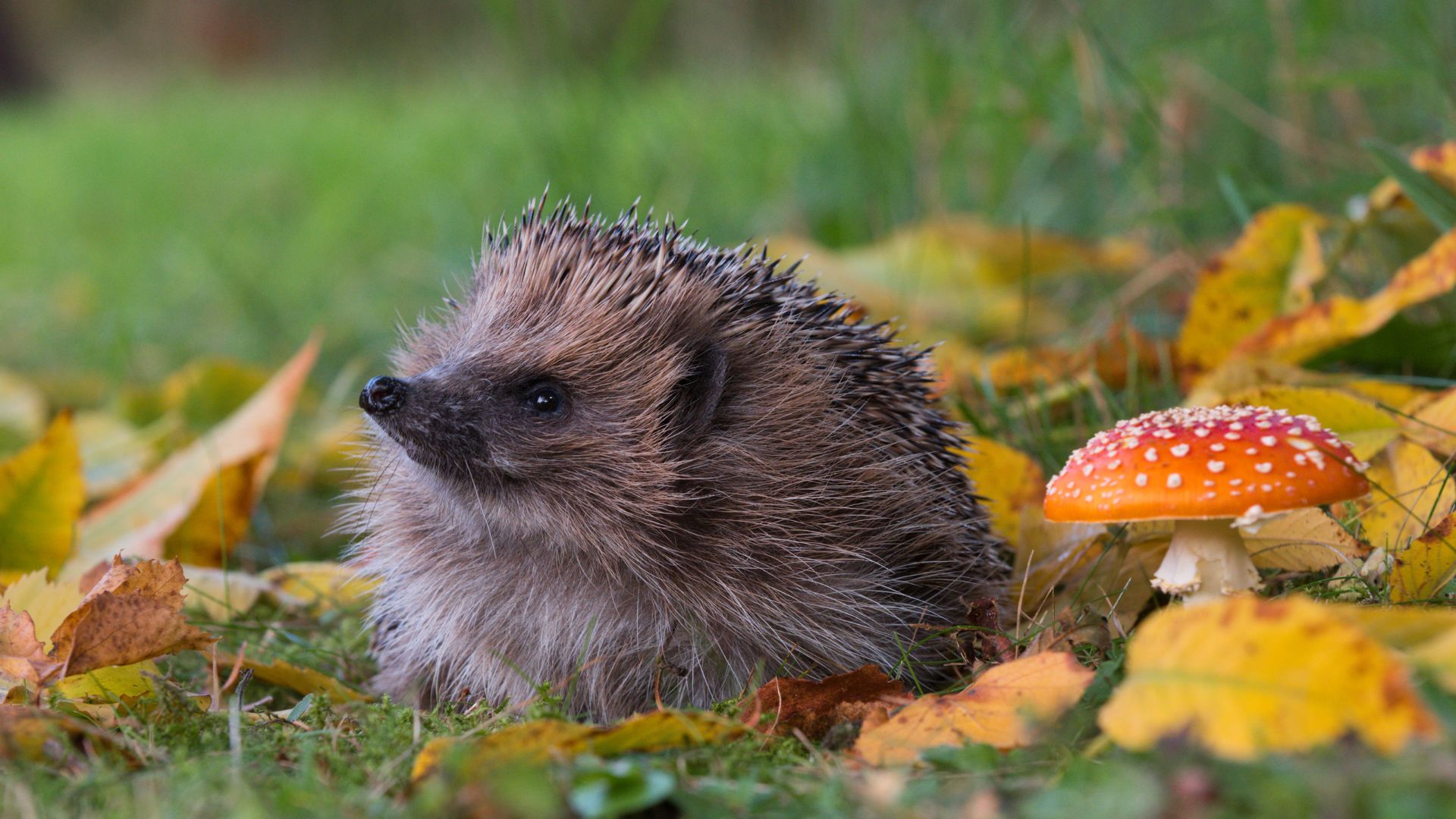
These spikey critters are true outdoor explorers! It's currently legal to own an African pygmy hedgehog as a pet in most states.
However, owners must be able to meet the animal's welfare needs – and the UK’s RSPCA does not recommend you keep hedgehogs as pets, so we think it’s best to leave these spikey friends in the wild. Another issue is finding a local vet who has experience with hedgehogs.
If you enjoy watching hedgehogs, however, we suggest you set up a wildlife camera (or one of the best outdoor pet cameras) in your backyard – and read up on what to feed hedgehogs.
11. Anteaters
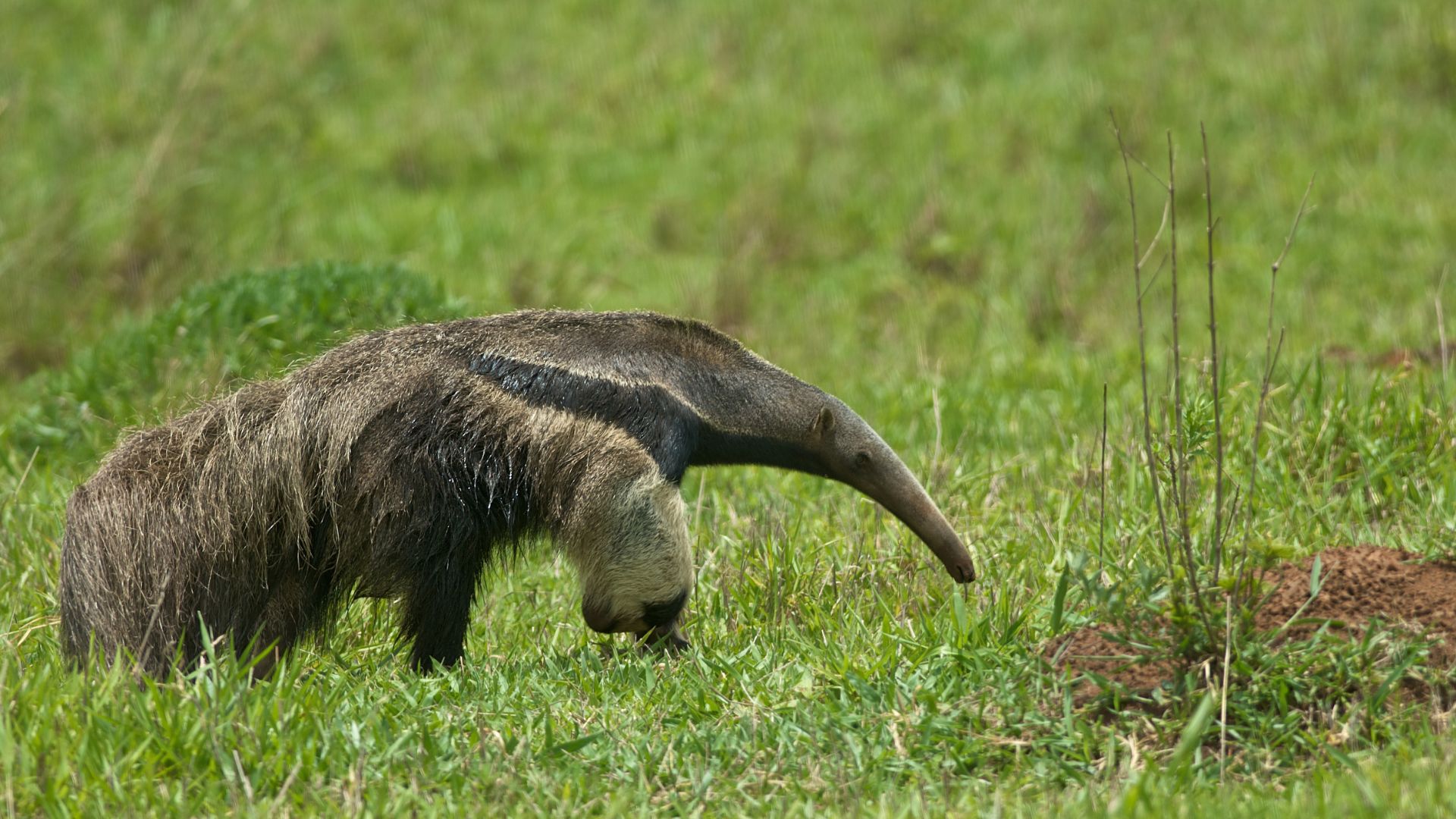
Known for their long tongues, which can scoop up around 35,000 ants at any one time, an anteater is one of the most unusual pets ever owned.
But due to their long list of environmental needs (like the fact that they need a large area to roam, complete with forested patches), these animals fare much better in their natural habitat.
12. Anacondas
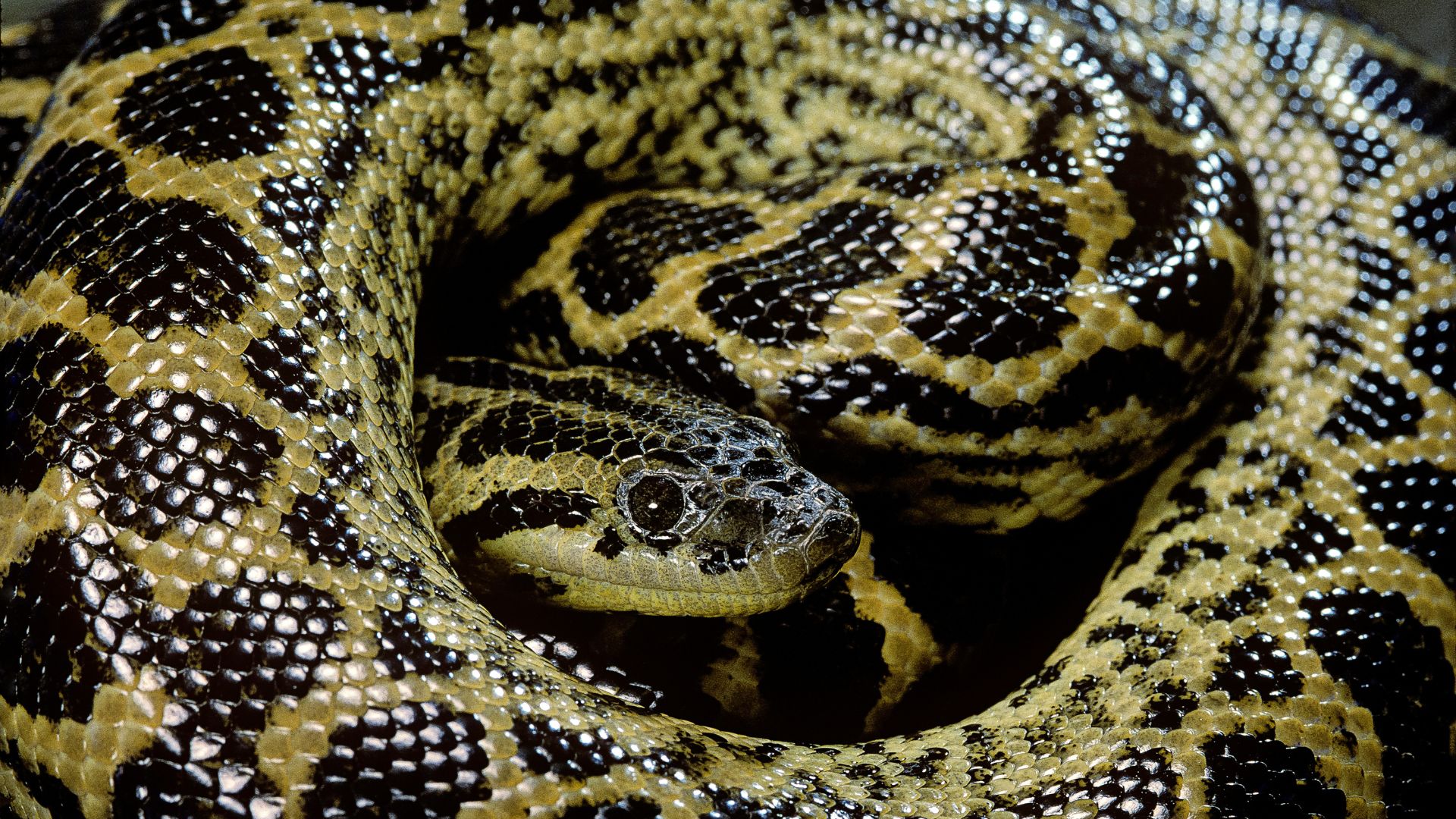
It's hard to believe that you can legally own an anaconda in Illinois – but only if you have special handling requirements.
In the wild, these fang-tastic exotic animals are known for being the largest snake in the world and swallowing their prey whole. They can live for up to a decade.
13. Chinchillas
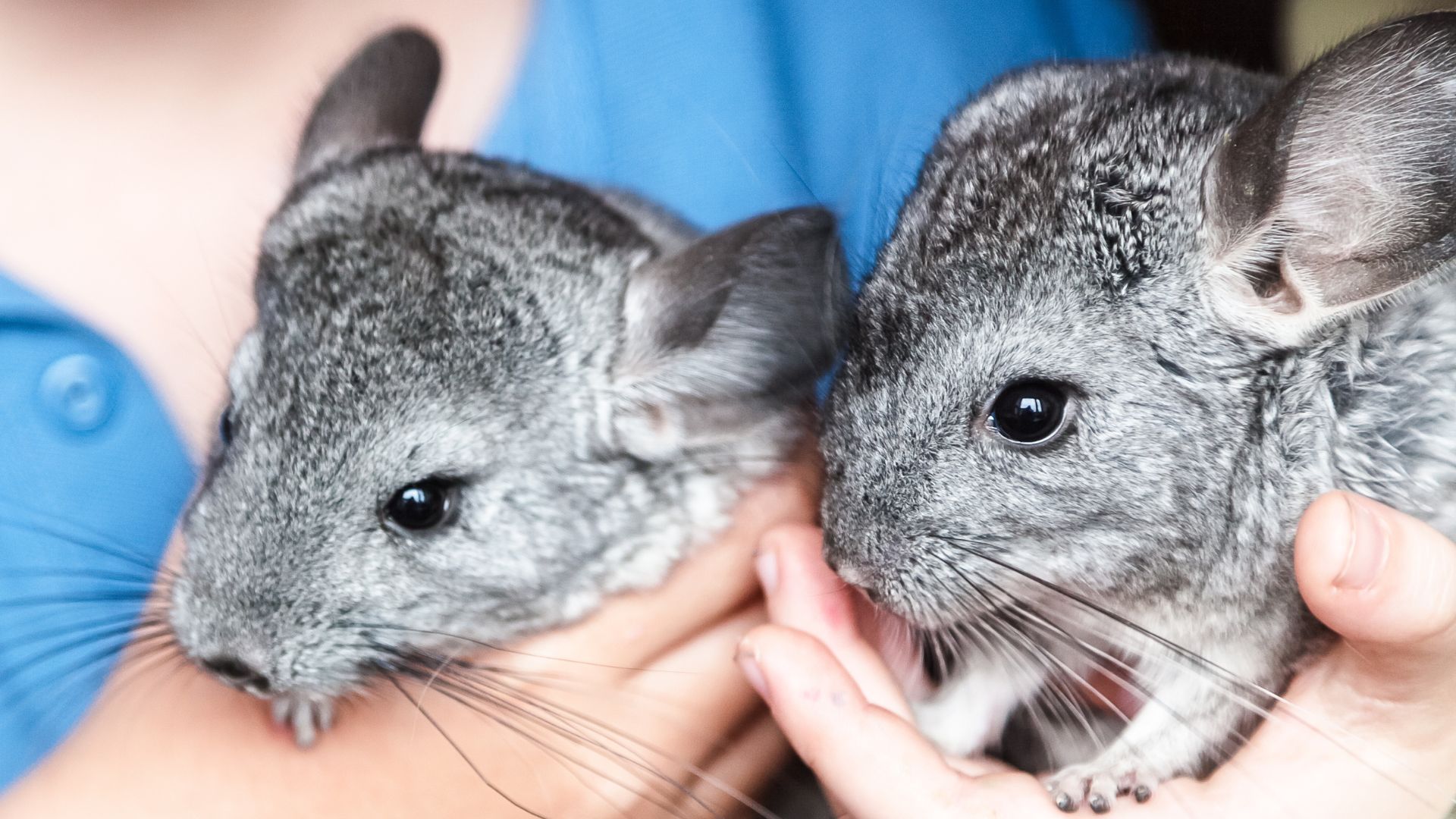
These social creatures are native to the Andes mountains and live in herds in the wild, so love nothing more than having their fellow fur friends around them to interact with.
It's not illegal to own chinchillas, however, due to their specific care needs and requirements, they're not the most easiest or suitable exotic creatures to look after.
14. Kangaroos
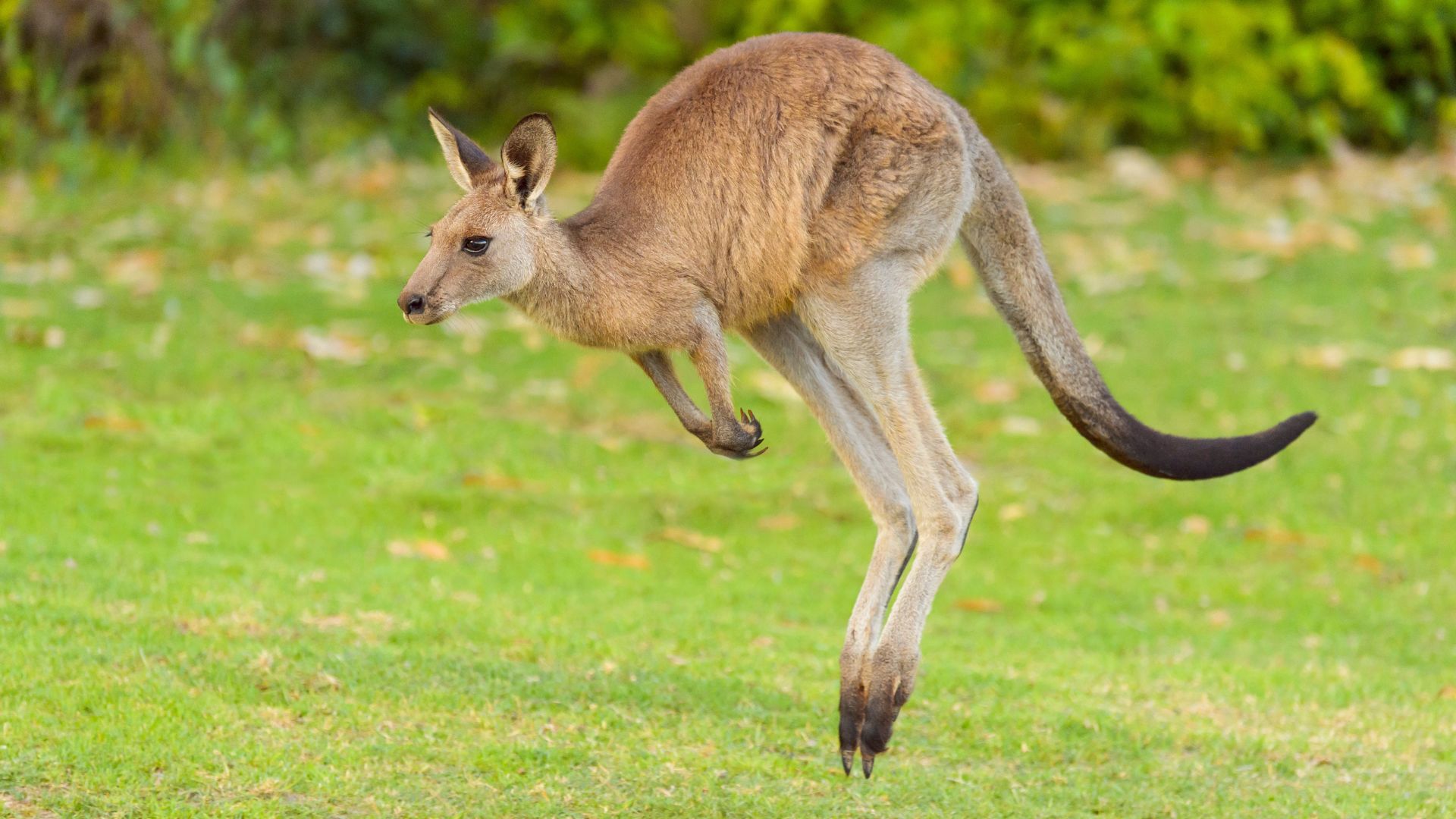
Able to jump around 30ft in a single bound, Kangaroos aren’t your usual everyday animal. But, with a permit, it is possible to legally own a pet Kangaroo in some states like West Virginia and Idaho.
That might be the case, but we wouldn't advise doing so. Along with needing lots of room to graze, run, and well… jump, these bouncing beauties can be unpredictable at times, and standoffish with humans.
15. Skunks
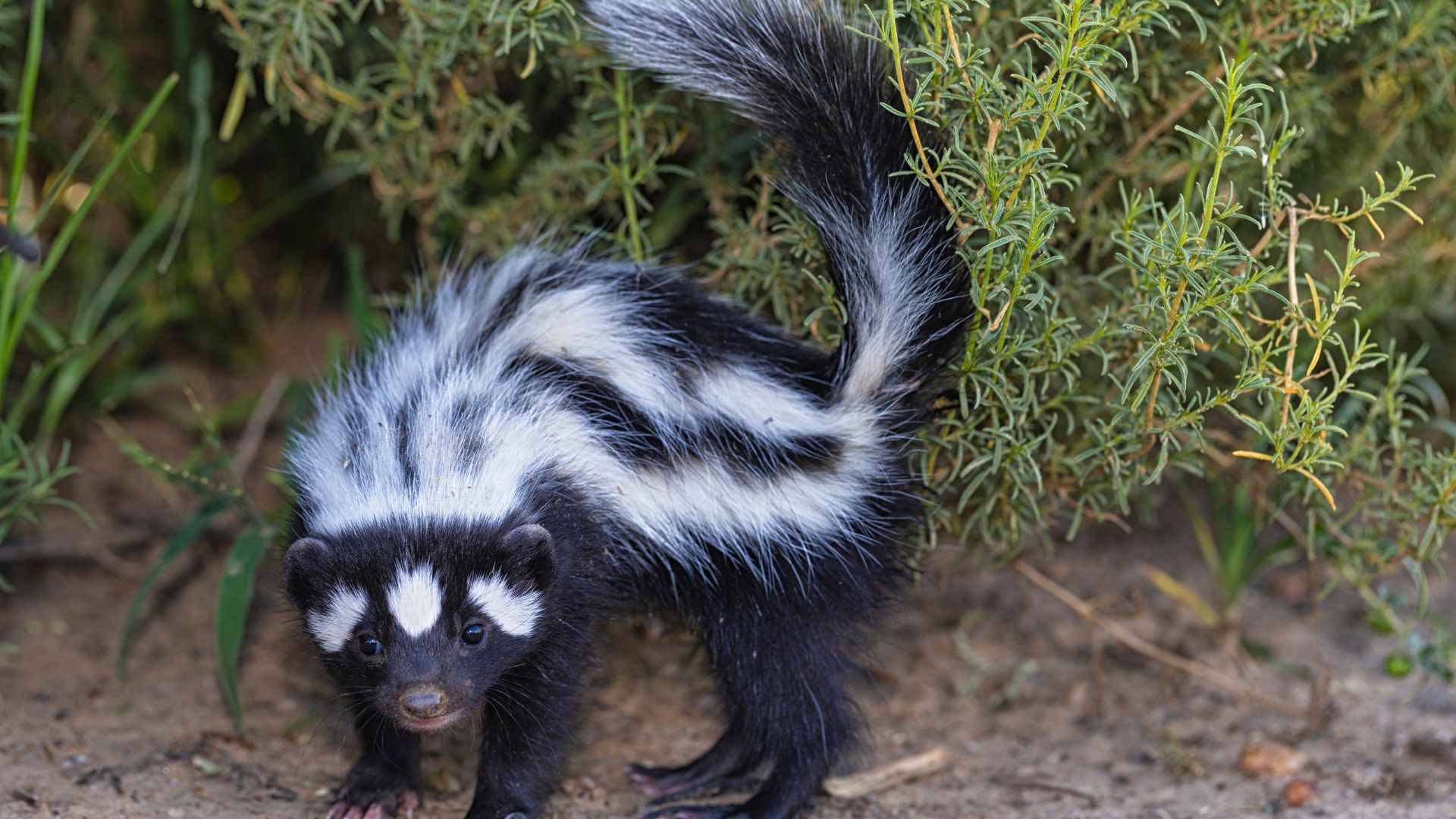
It's not illegal to keep domesticated skunks in all US states. However, skunks are super playful and require a lot of stimulation. They are also curious at heart, so if not kept entertained they will love getting up to no good.
16. Prairie dogs
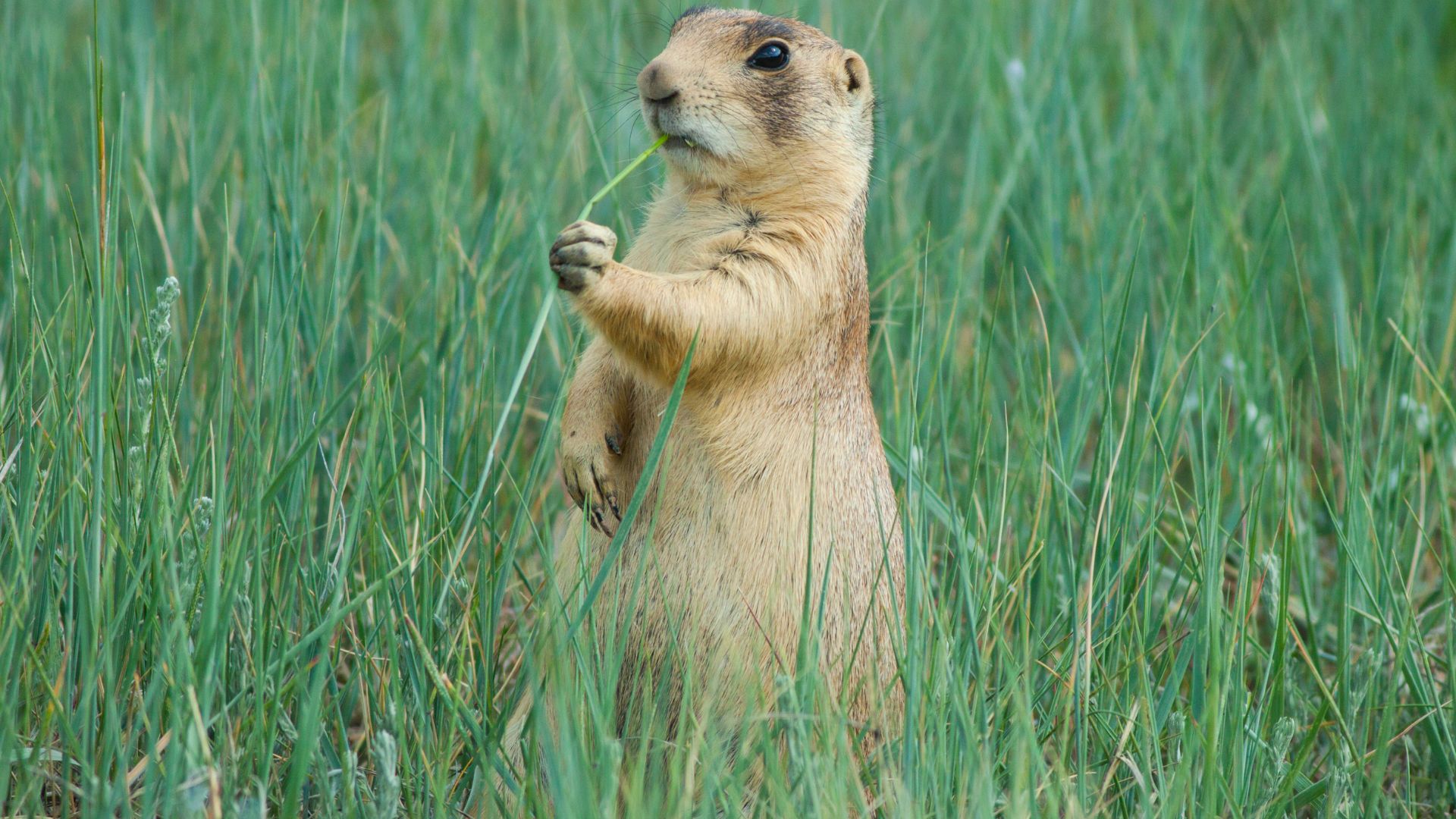
You could be forgiven for thinking Prairie dogs are like the usual dogs we know and love. But they are far from it!
These active, playful, and sturdy rodents need plenty of care and lots of attention. Some believe they can be dangerous to own.
17. Spiny mice
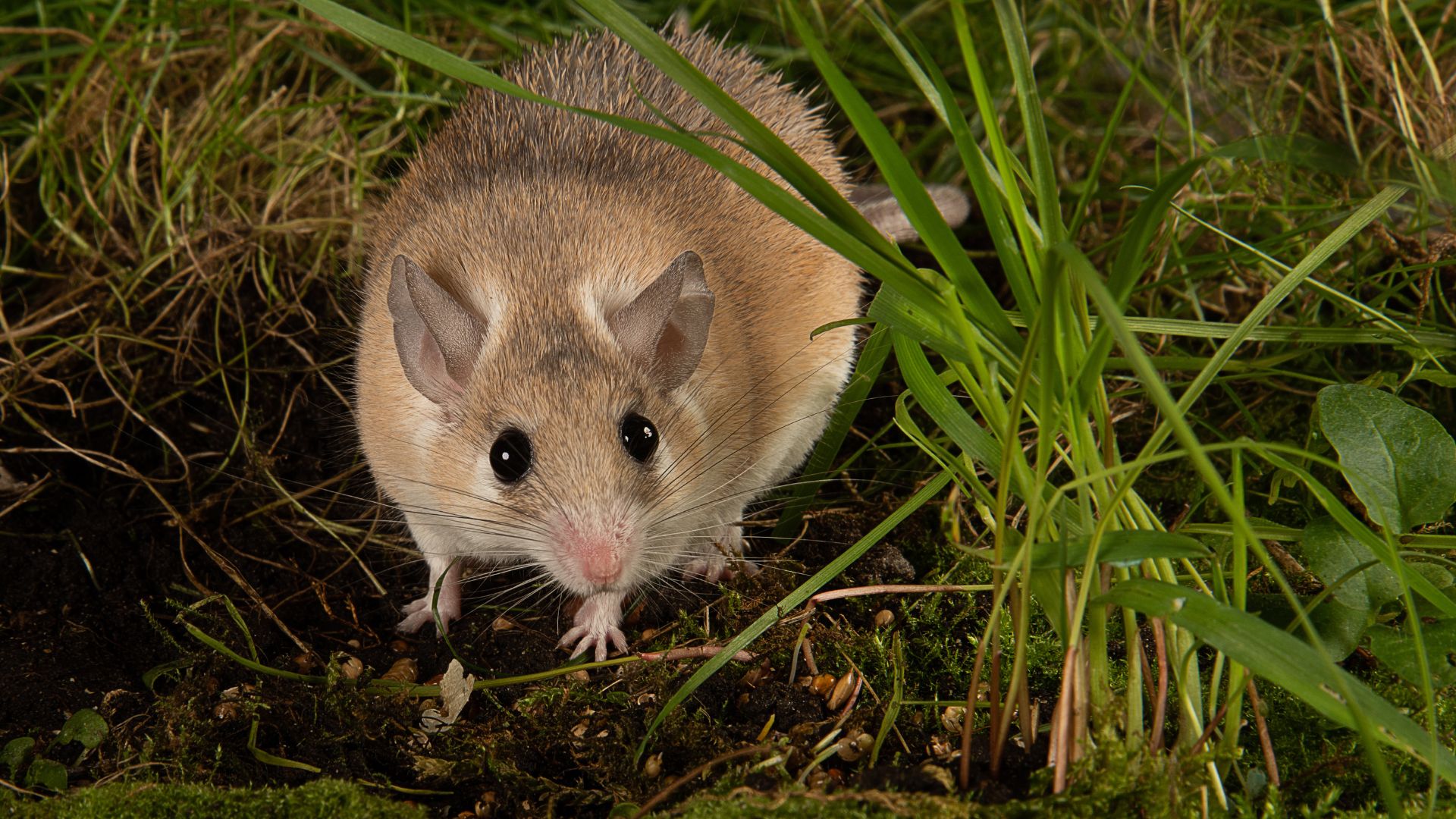
These talented escape mice aren’t as house-trained as other, perhaps, unwanted rodents are.
Instead, they are high maintenance, love to chew through things and prefer to be kept in groups. Another reason we wouldn't advise adopting these rodents as a pet? Spiny mice can easily shed their tail if handled incorrectly – and it won't grow back.
18. Fennec foxes
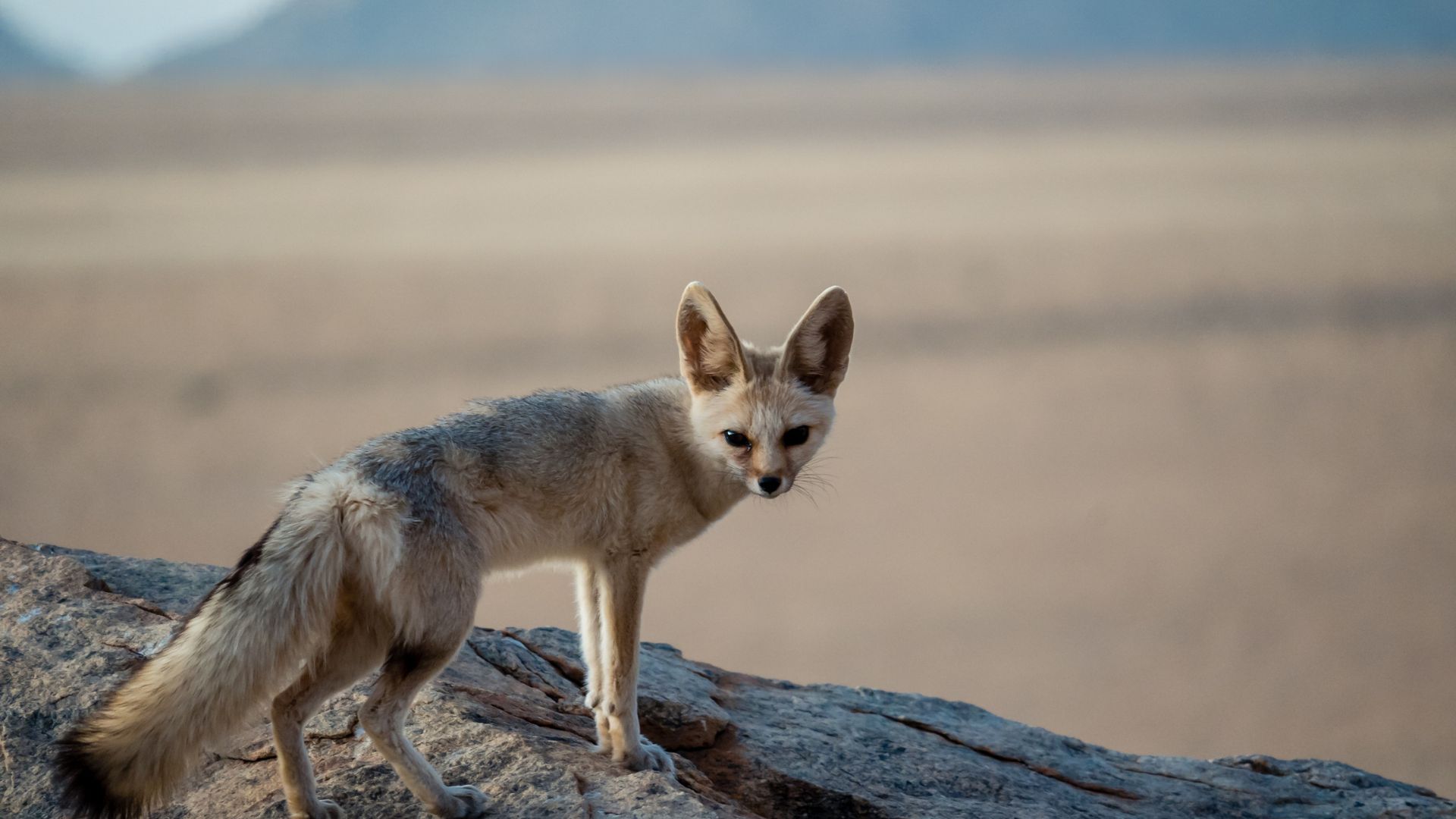
Ranging in color from reddish cream to a light fawn shade, these desert foxes have bushy tails with black tips.
Despite being classed as a wild animal, some states – such as Florida, Maine, North Dakota and Wisconsin – allow residents to keep a Fennec Fox as a pet, as long as the right permits are obtained. We wouldn't promote this.
19. Kinkajous
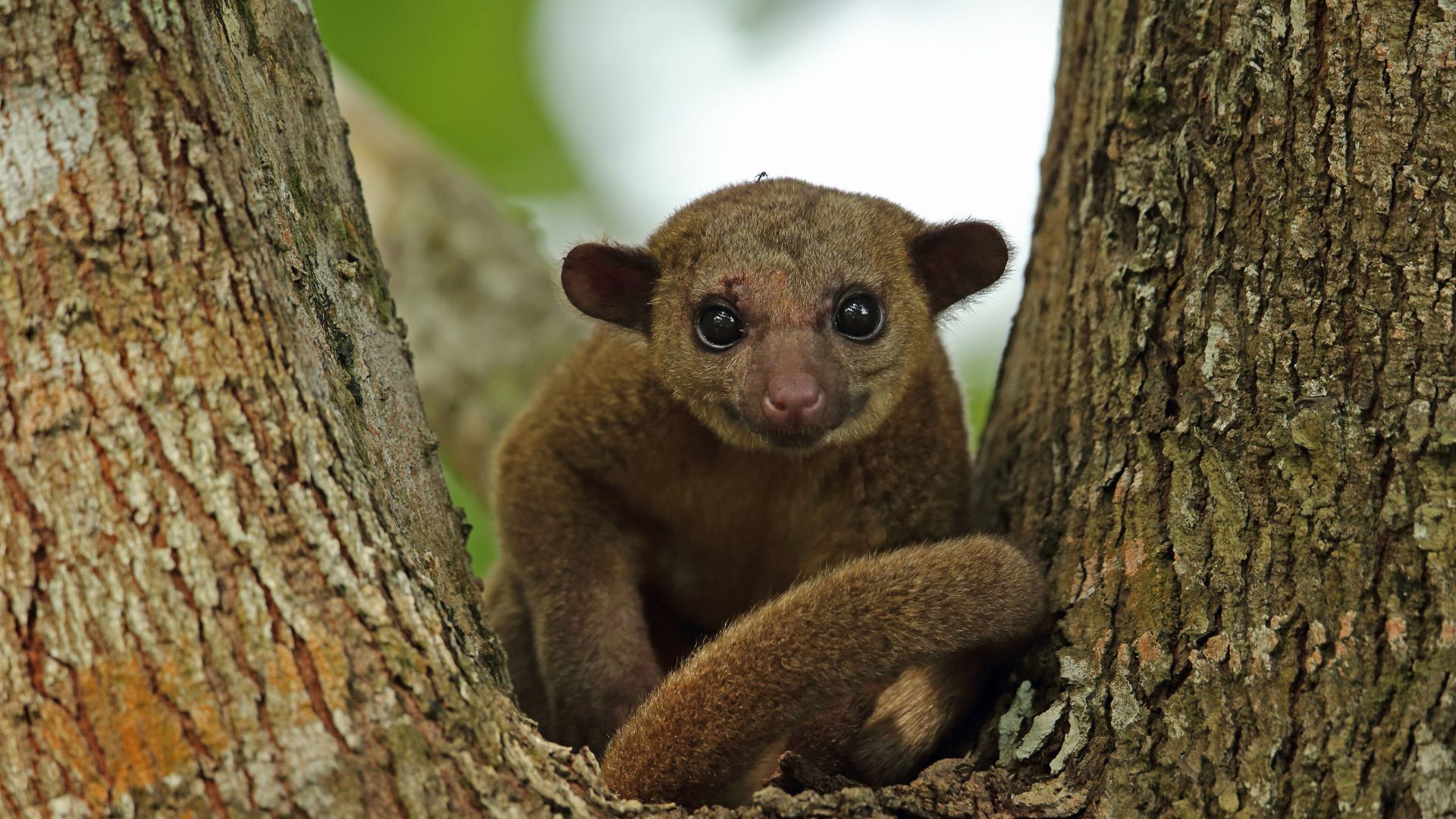
Heard of a Kinkajou? You’d be forgiven if not. The tropical rainforest exotic mammal is related to coatis and raccoons and in some regions, it can be known as a honey bear.
They might be cute looking, and while they are legal to keep in nine US states and a further 12 if the right permits are obtained, Kinkajous require a high level of maintenance, can be easily scared and can become aggressive.
20. Coatimundis
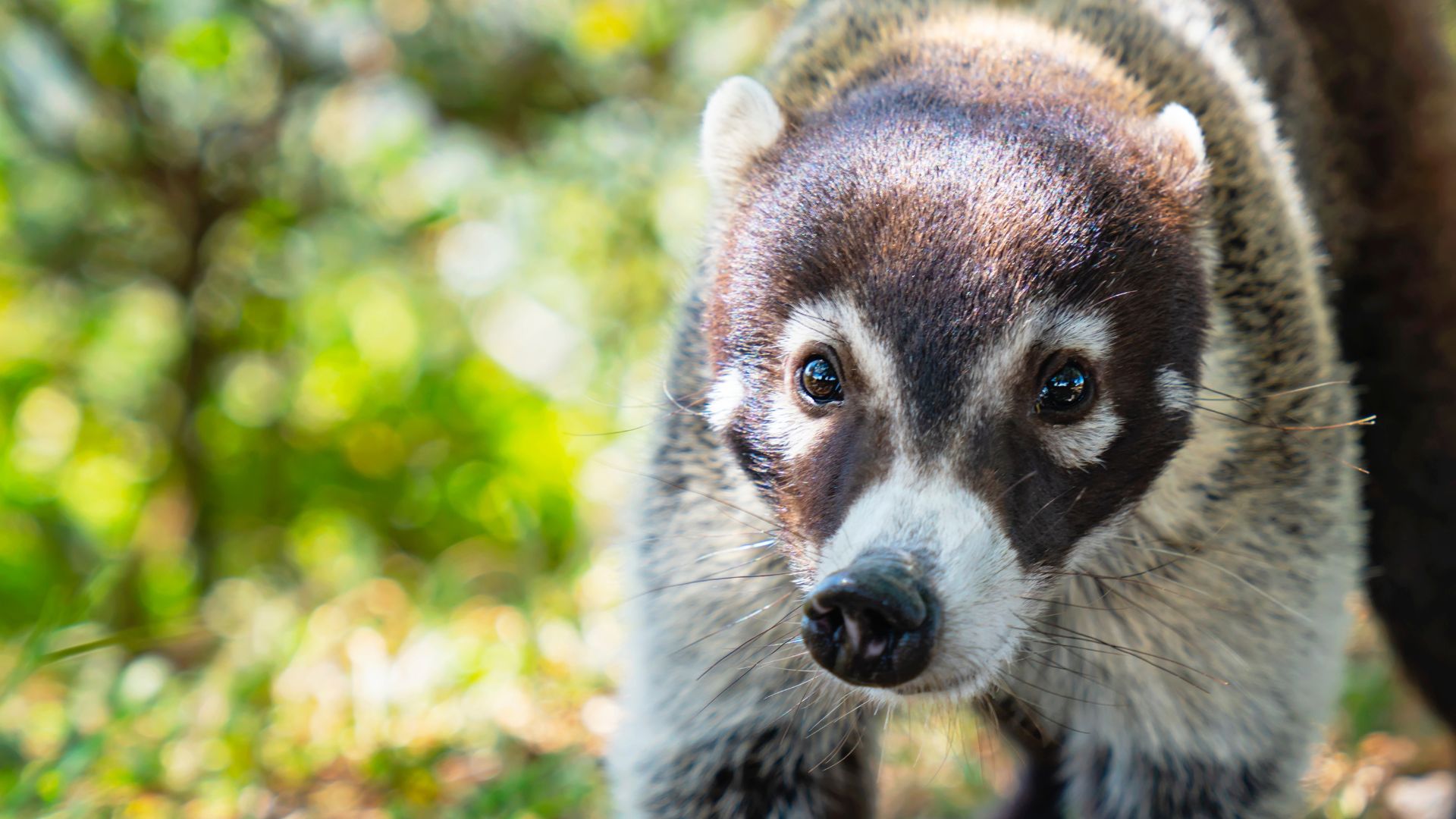
There are some laws about keeping these South American raccoons as pets. But two types of coati – the white-nosed and South American coatis – have been known to be domesticated. Either way, we believe these social animals should be left in the wild.
Wondering what are the most expensive animals in the world? Or curious about the cutest dog breeds? Head this way. We’ve also got guides on the rarest dog breeds and answer which dog breed is the smartest.







